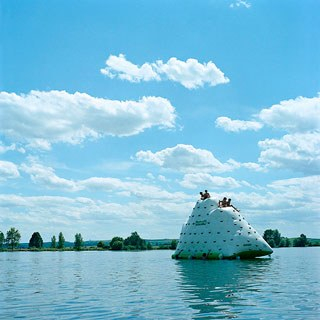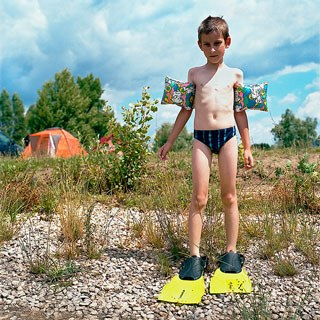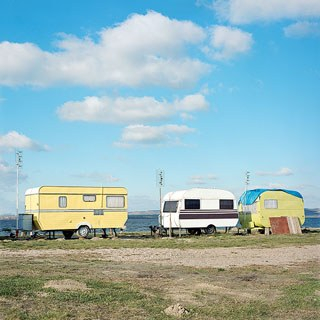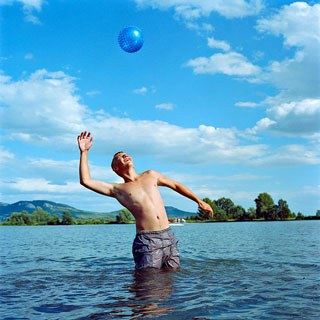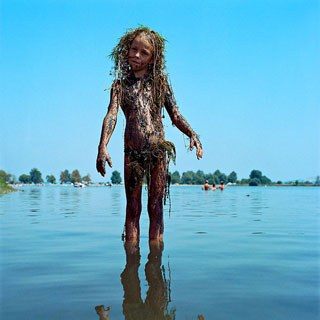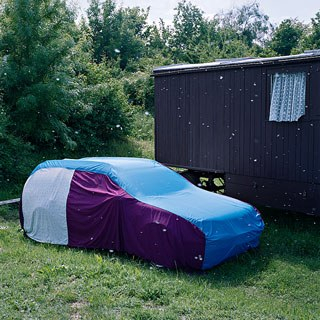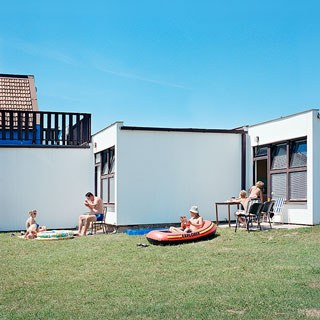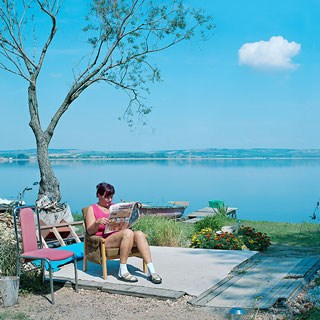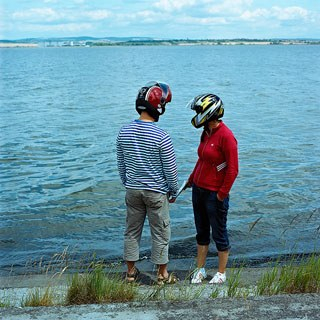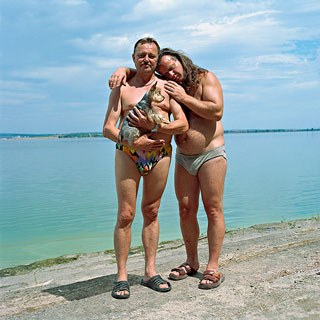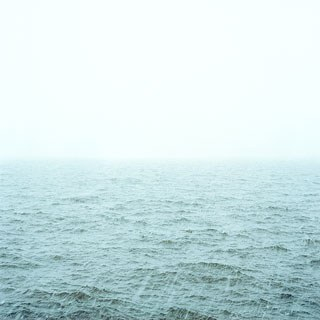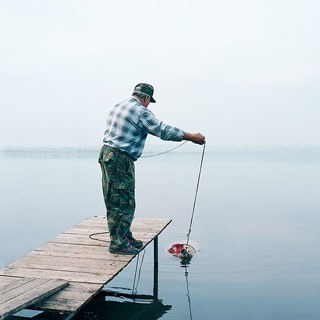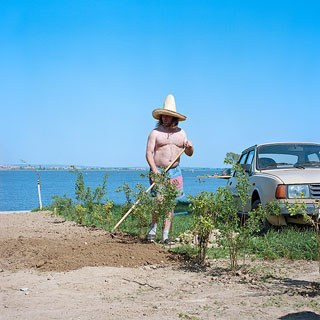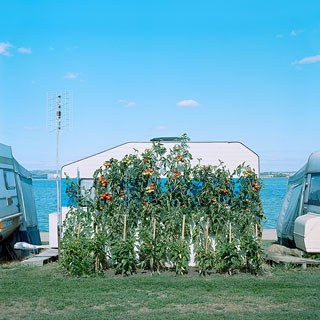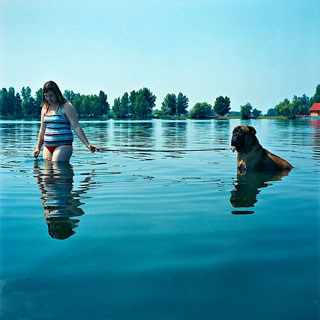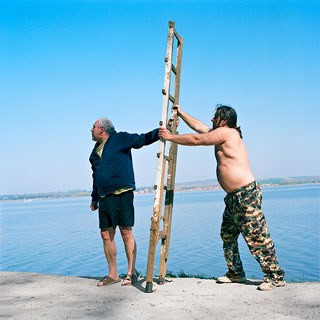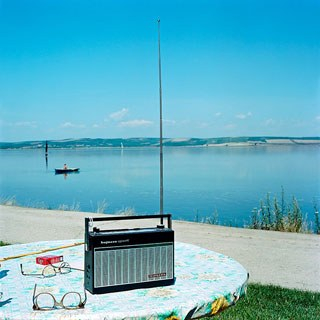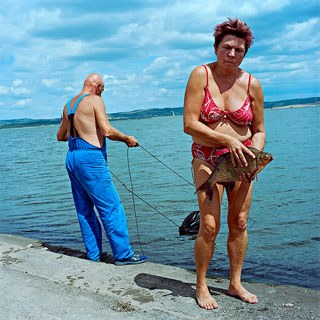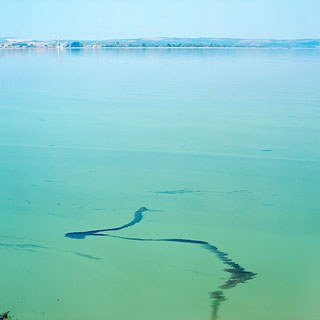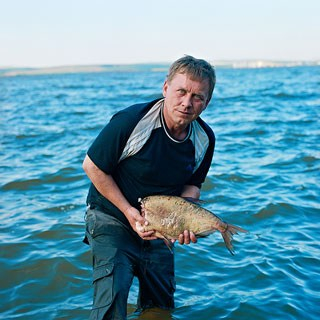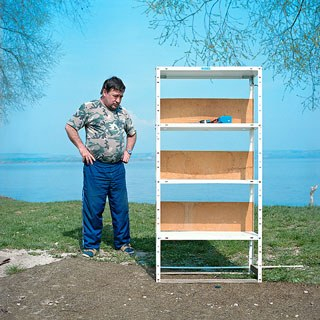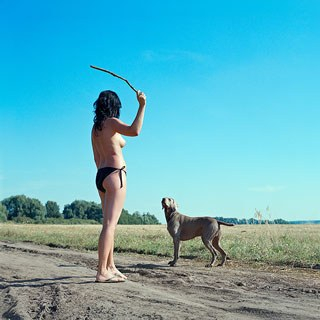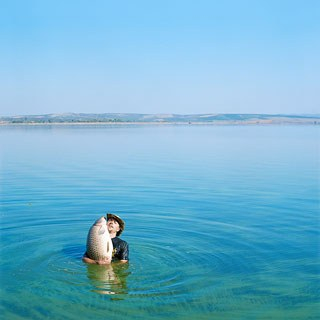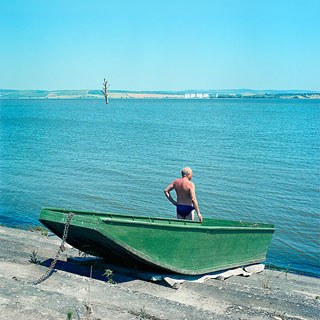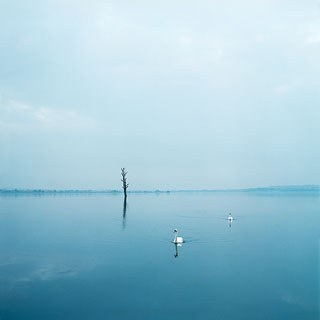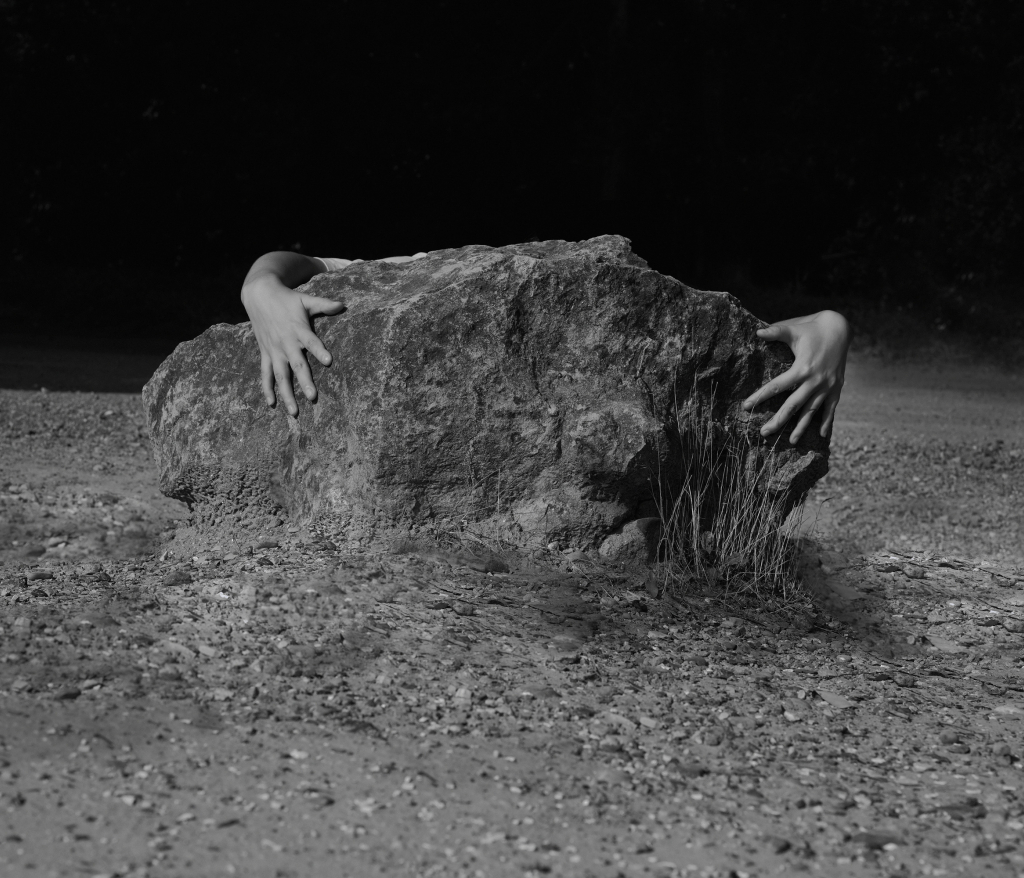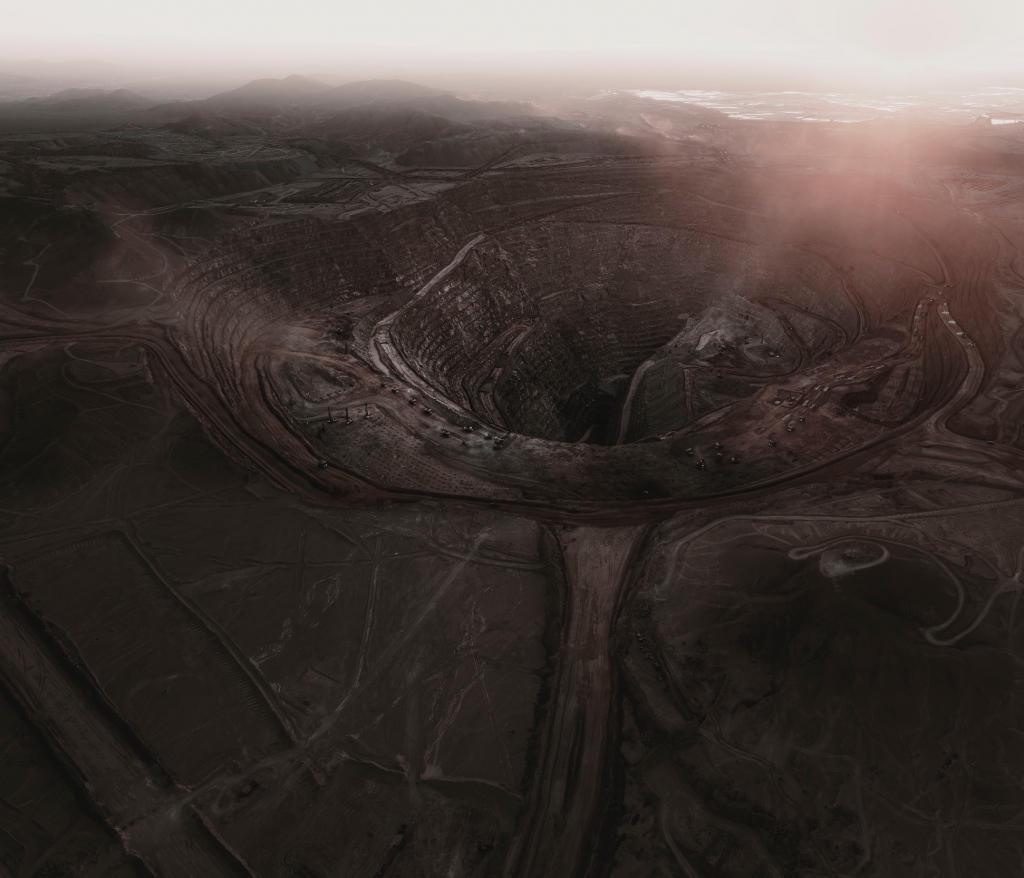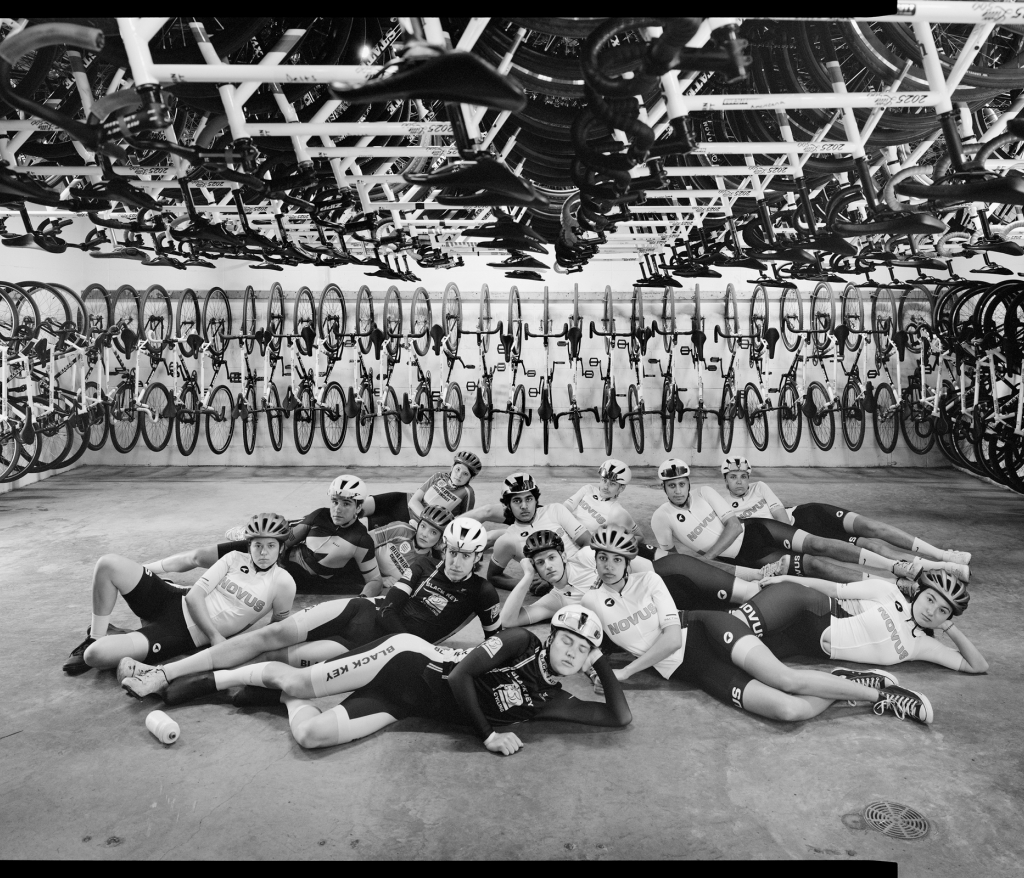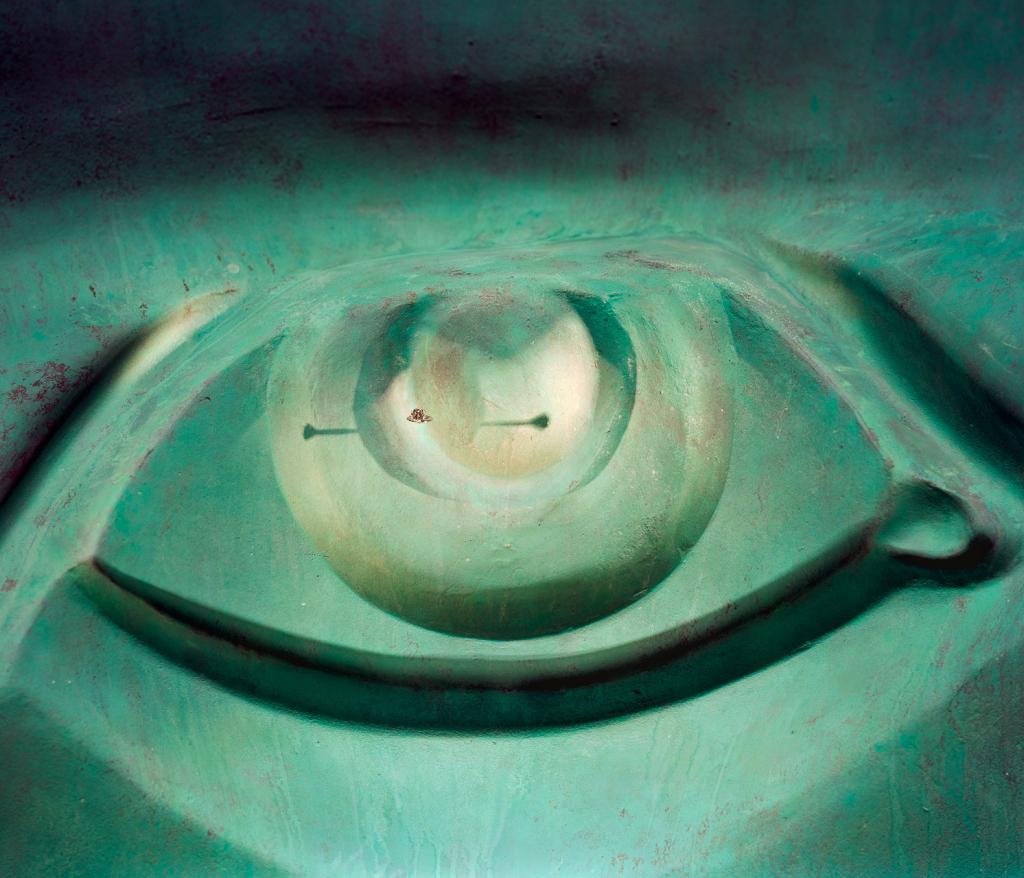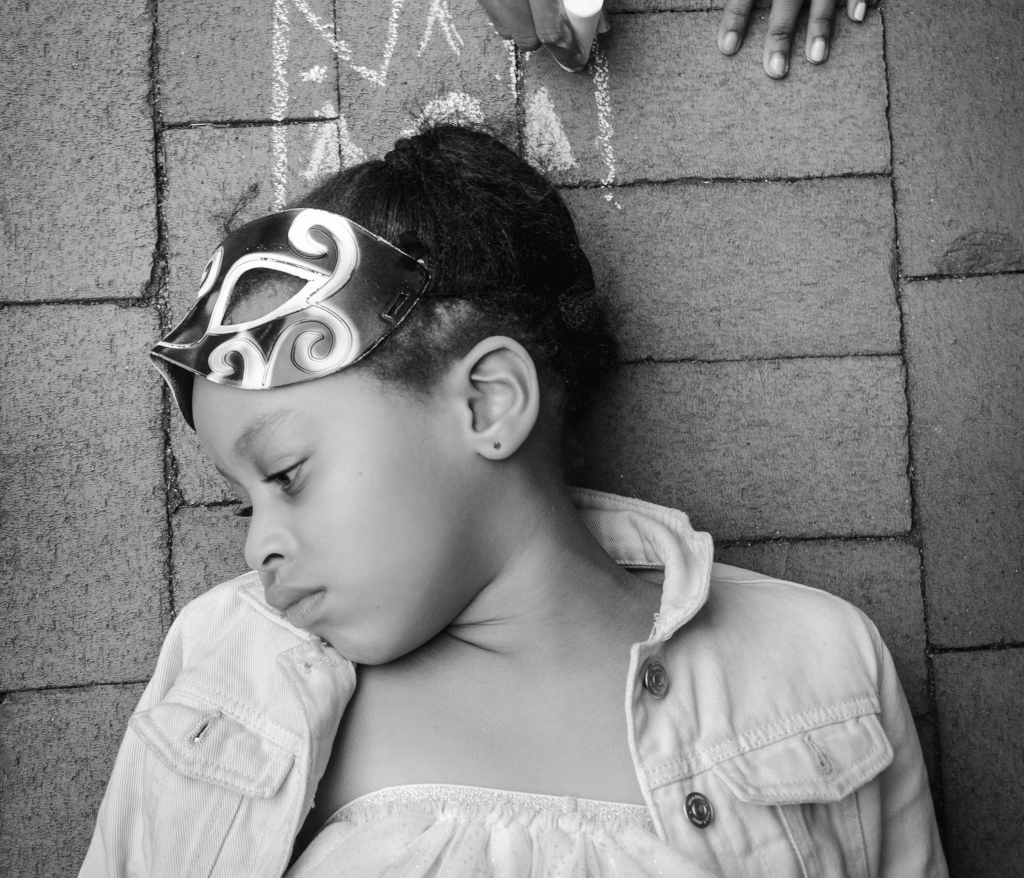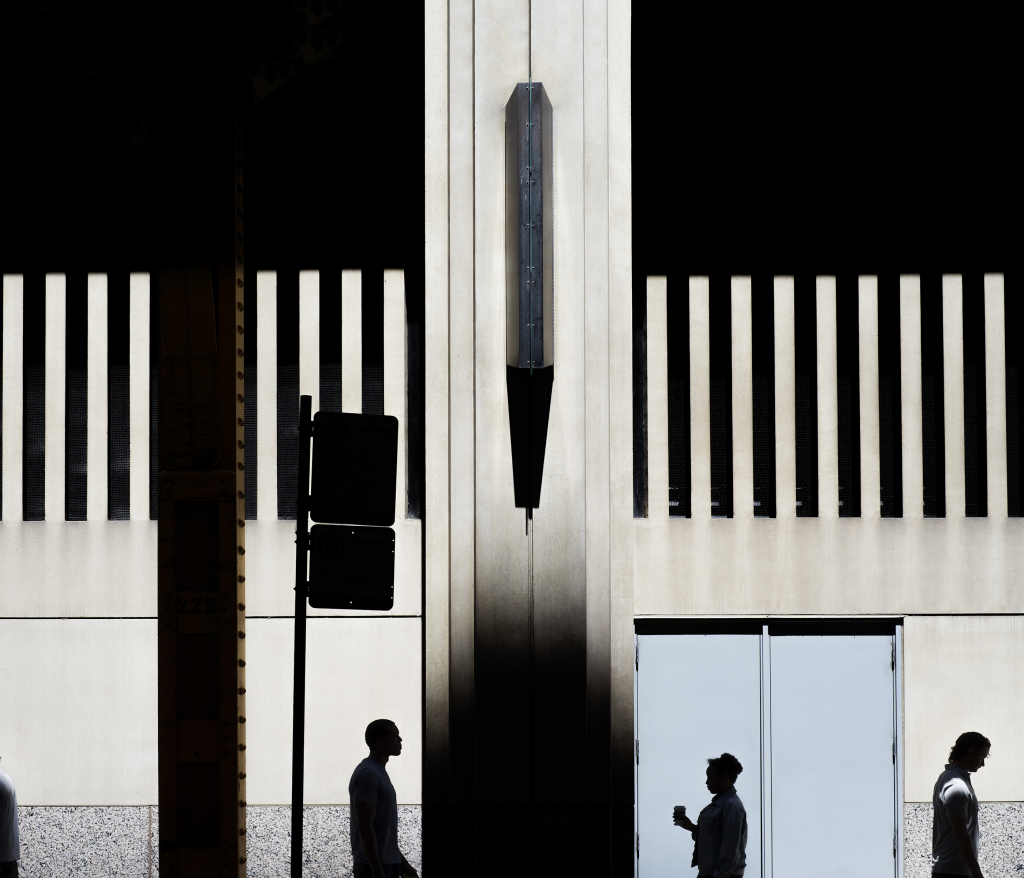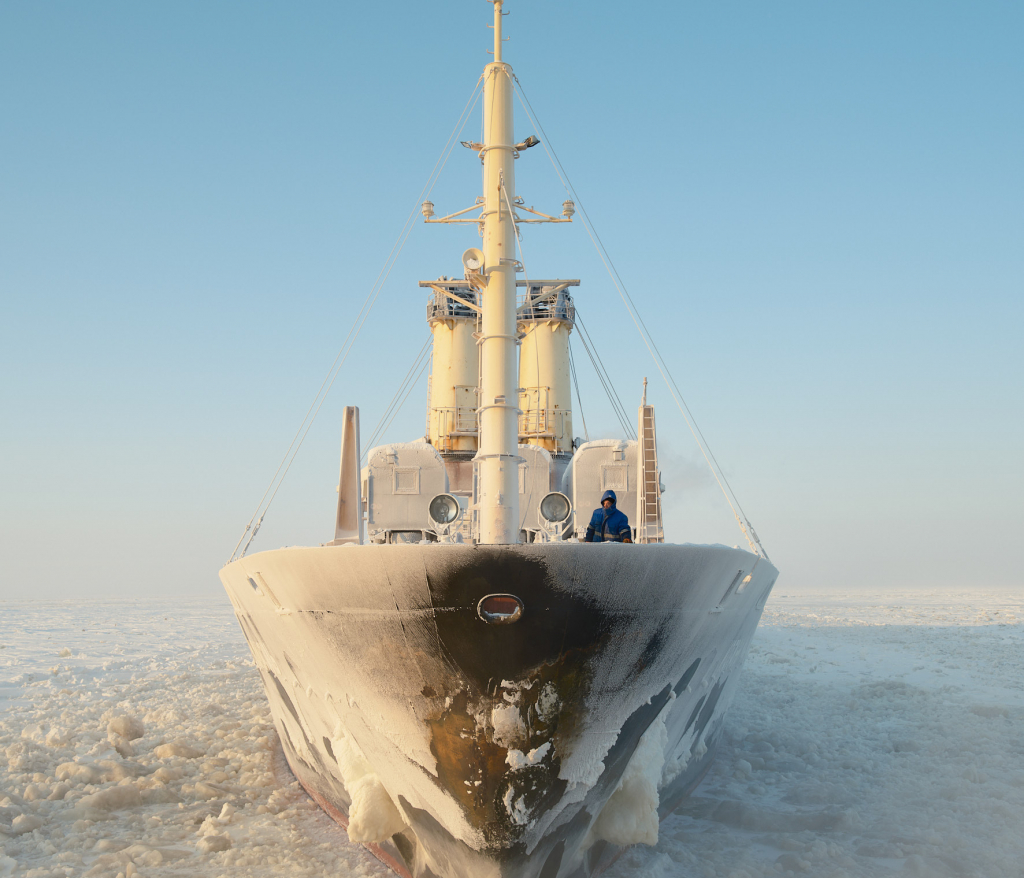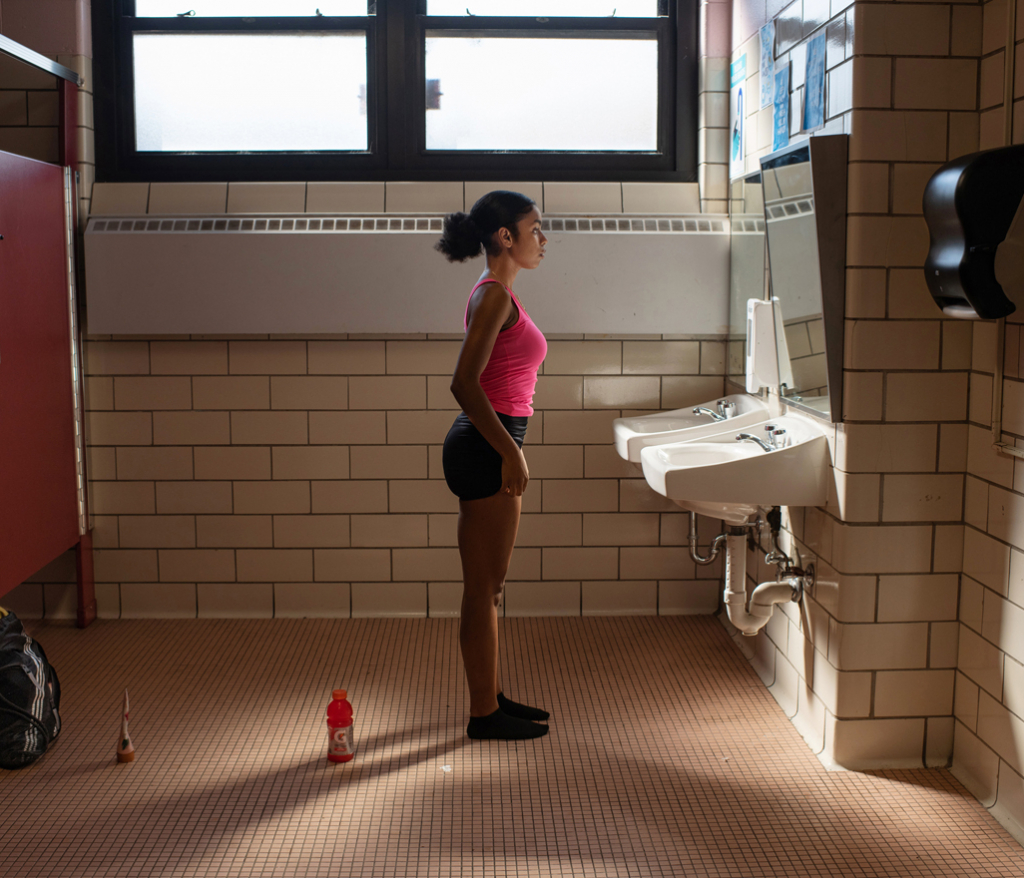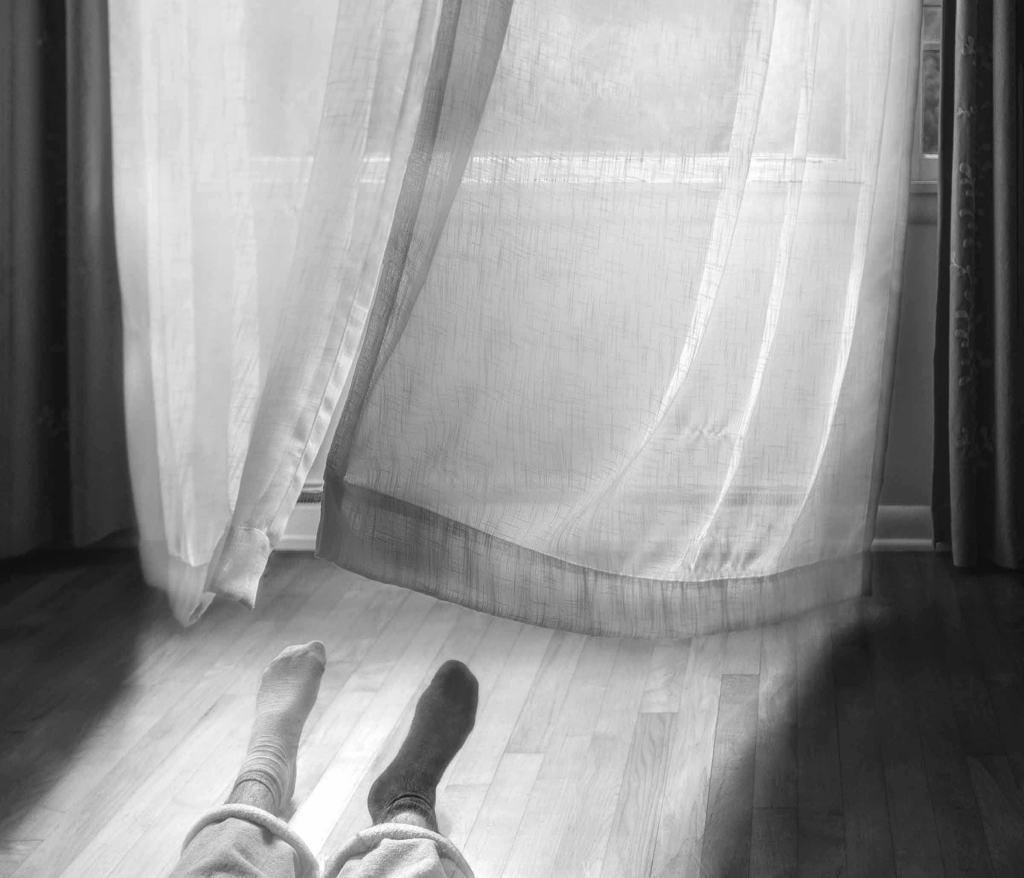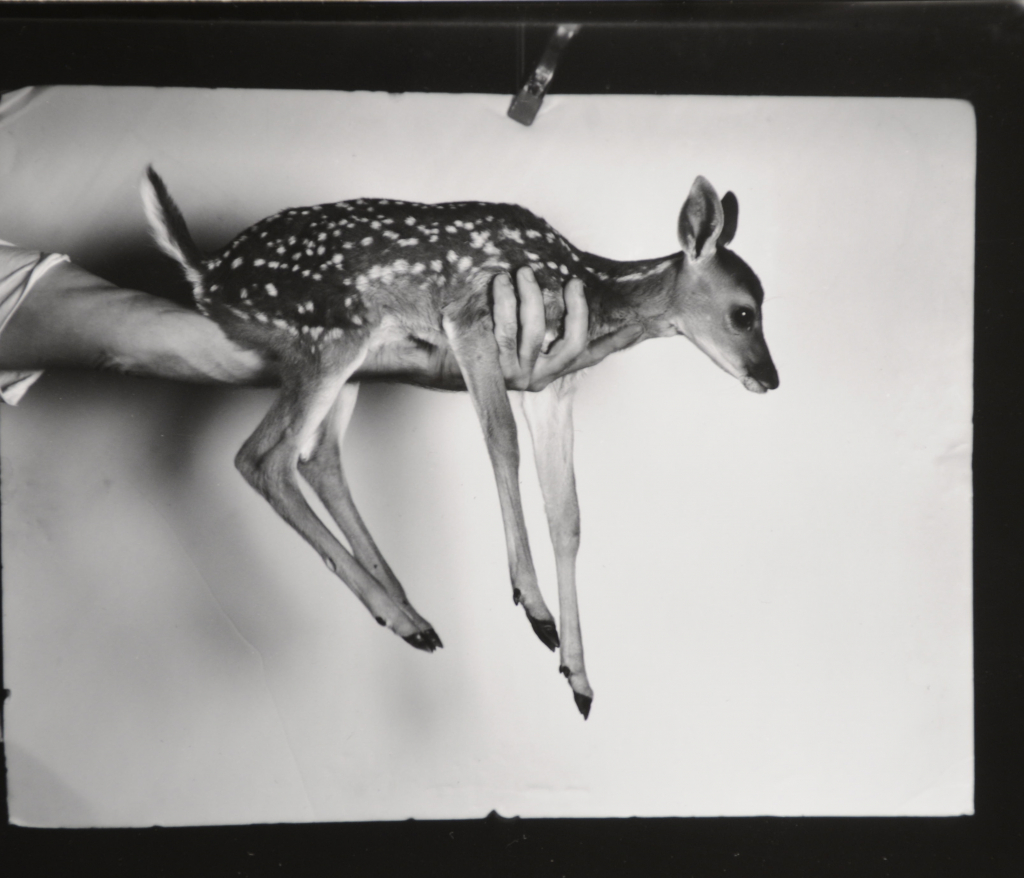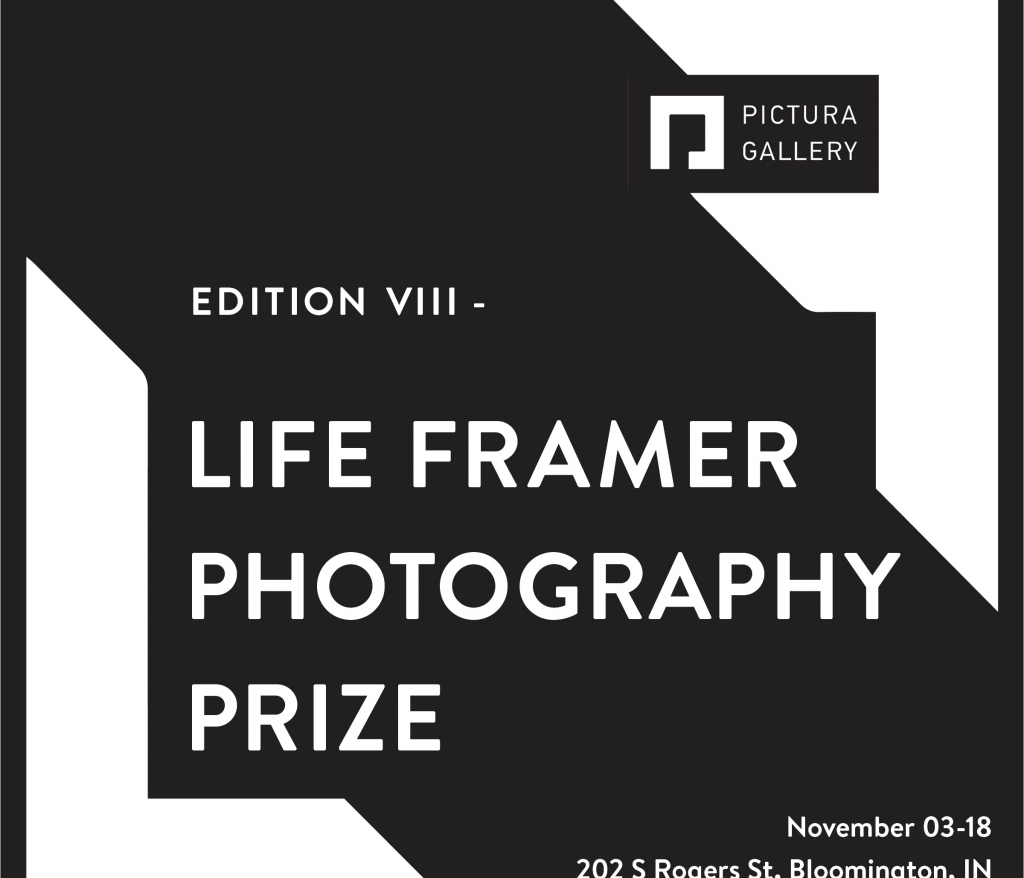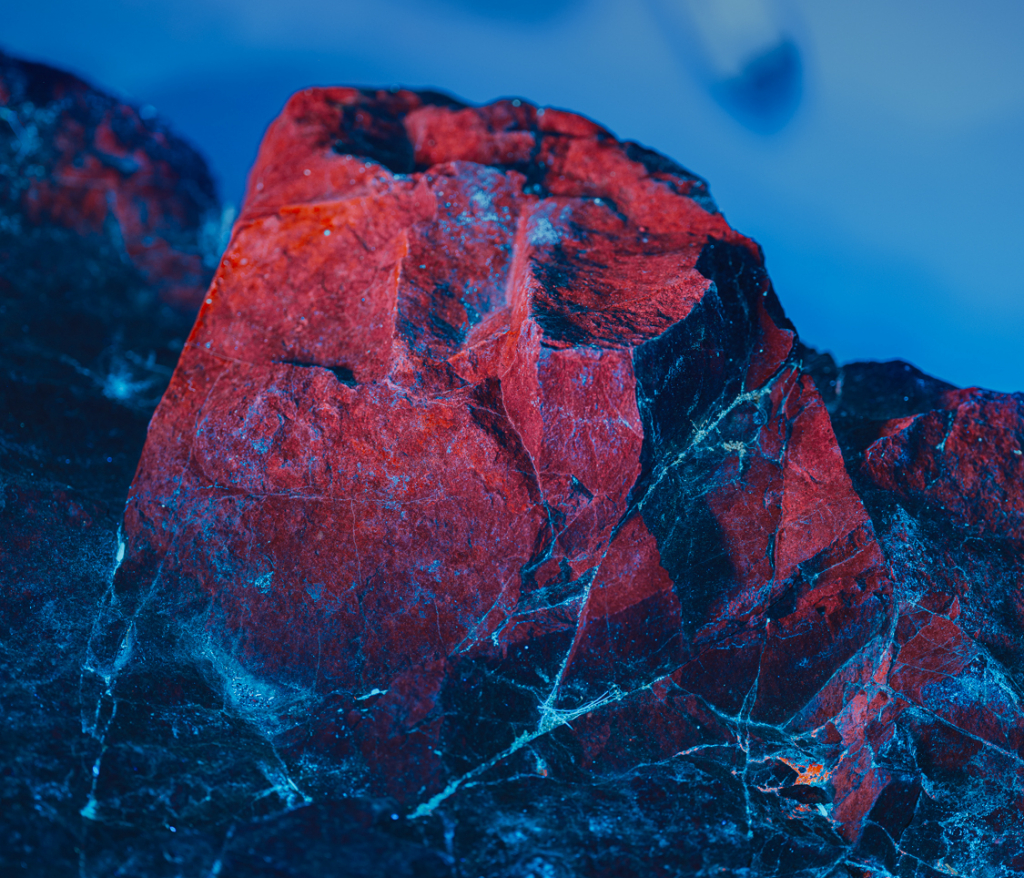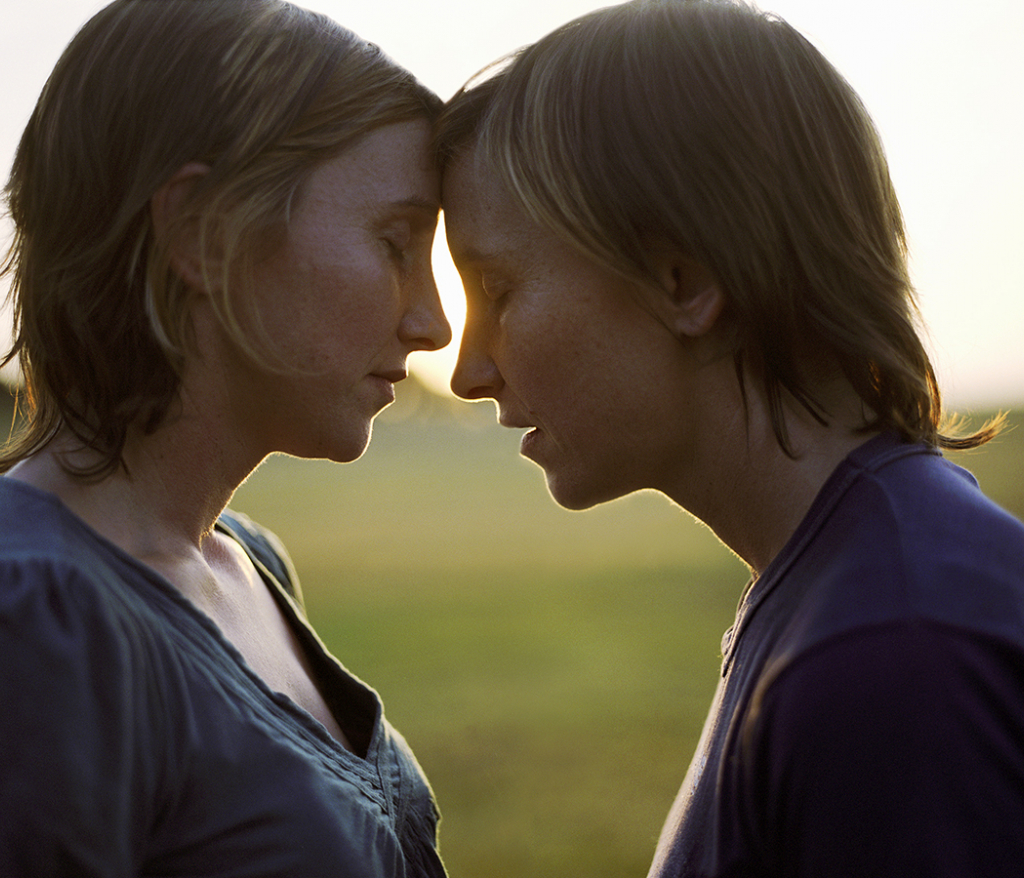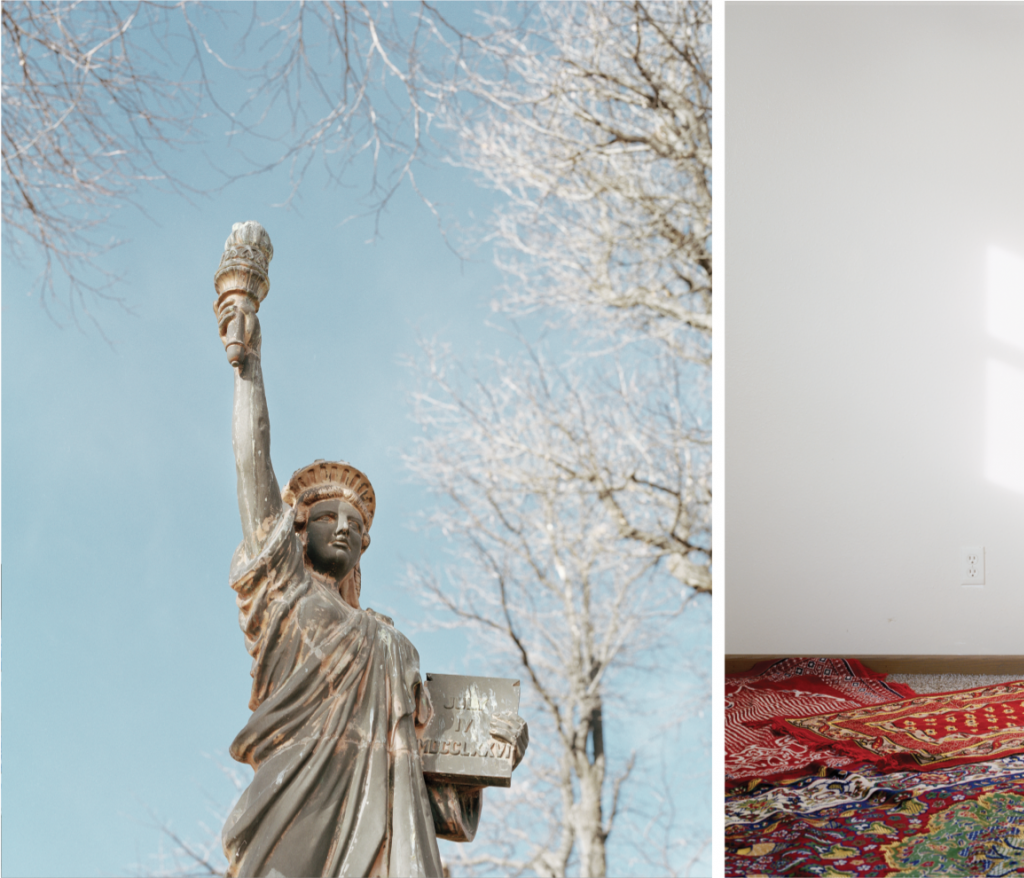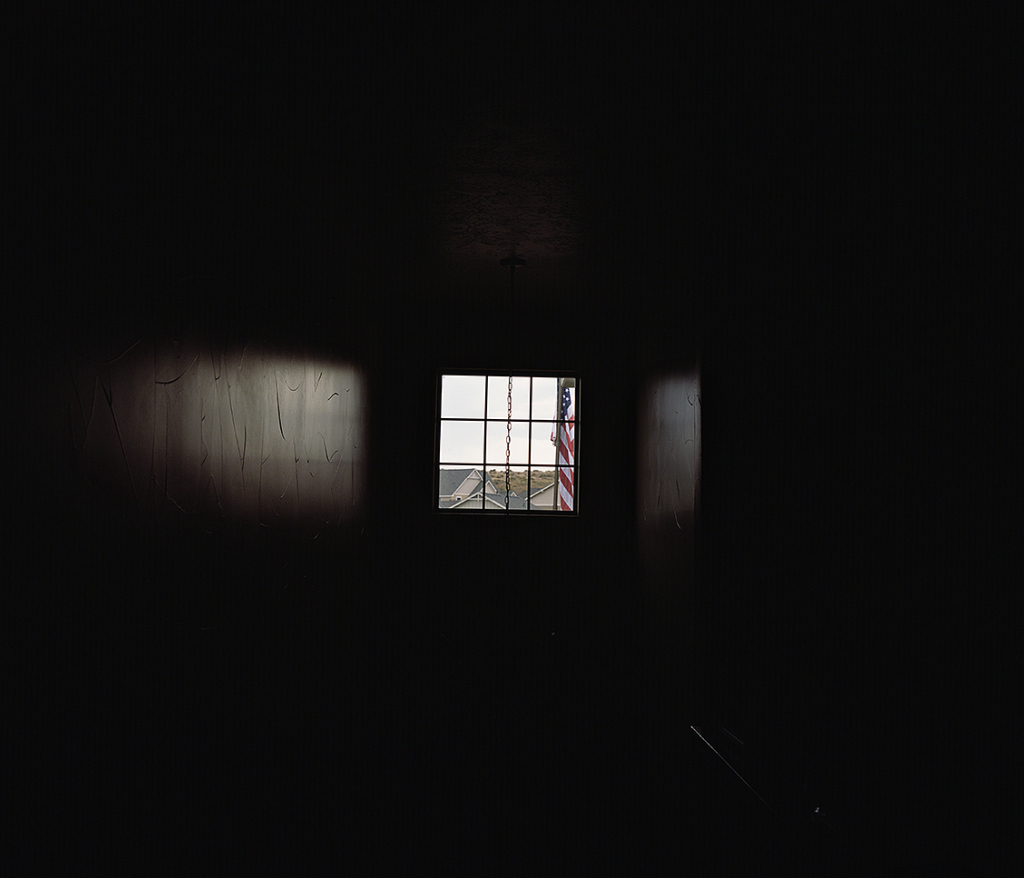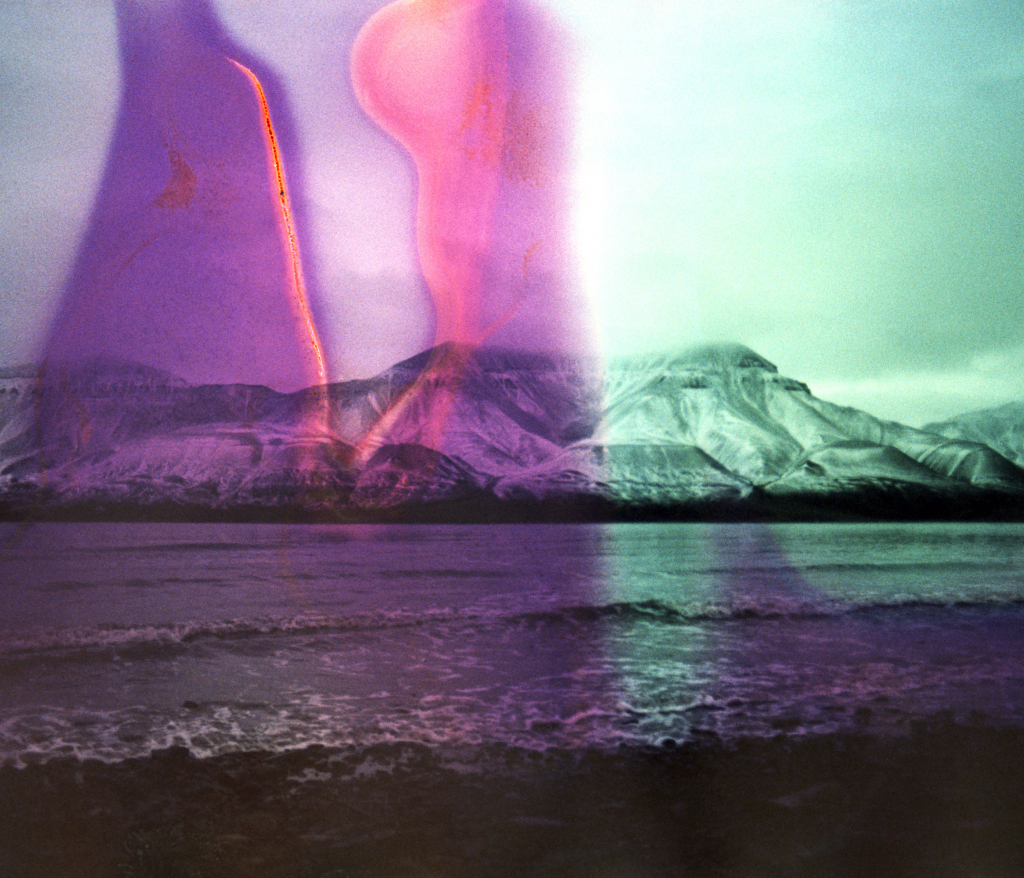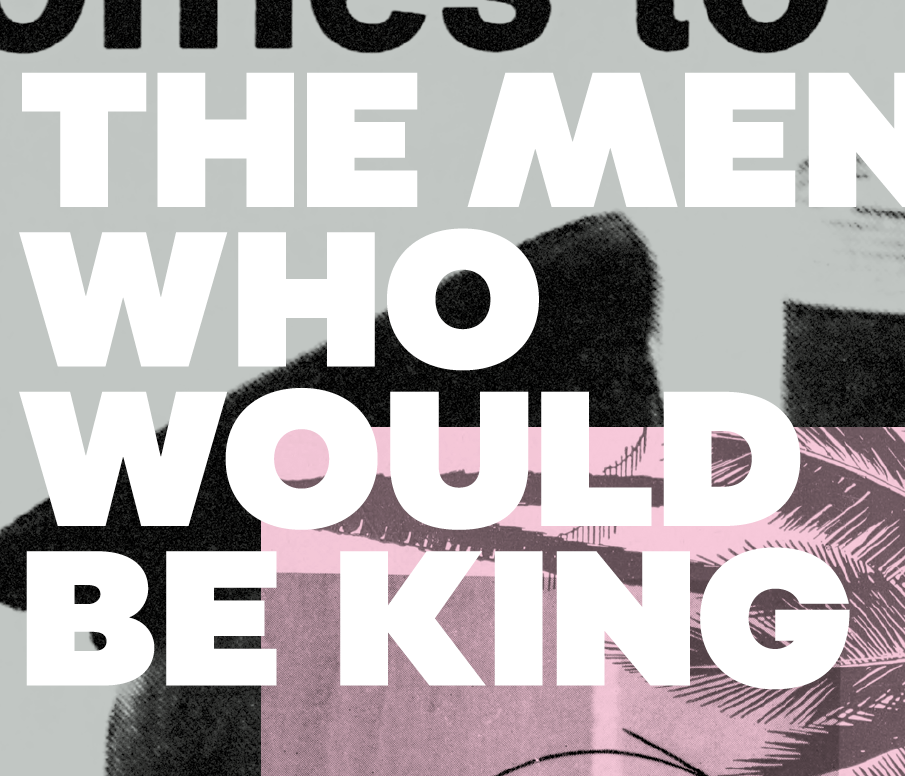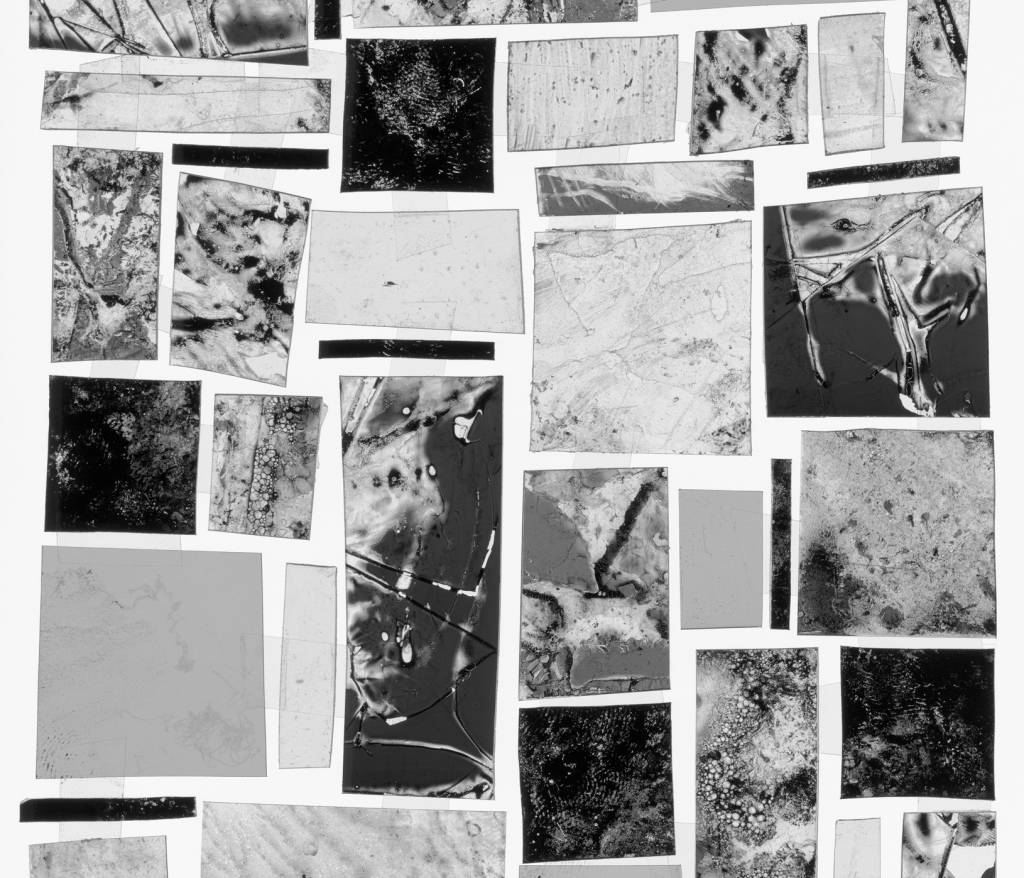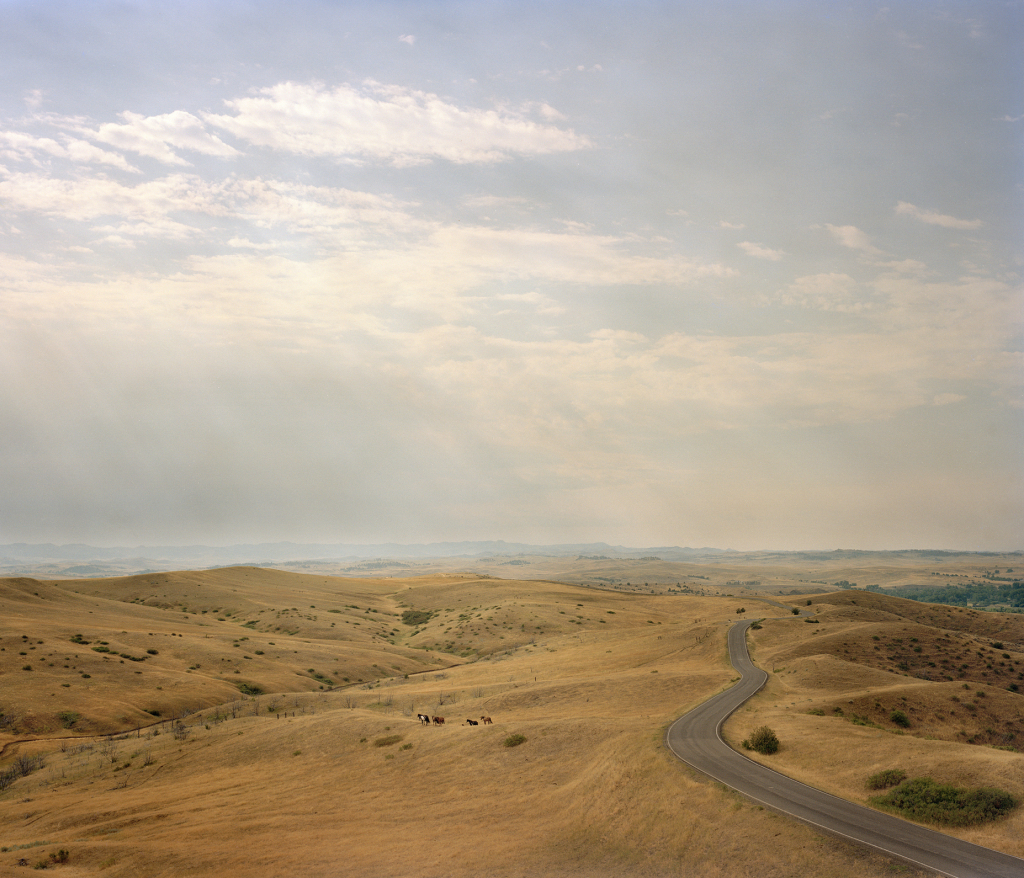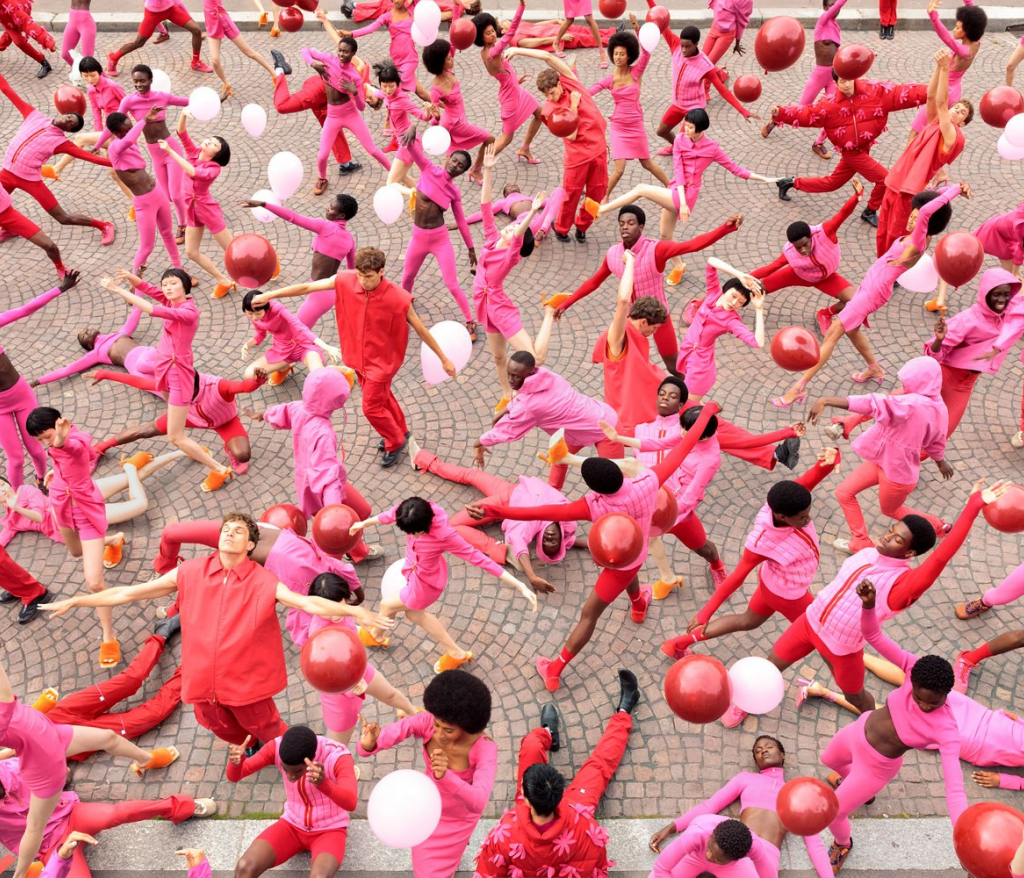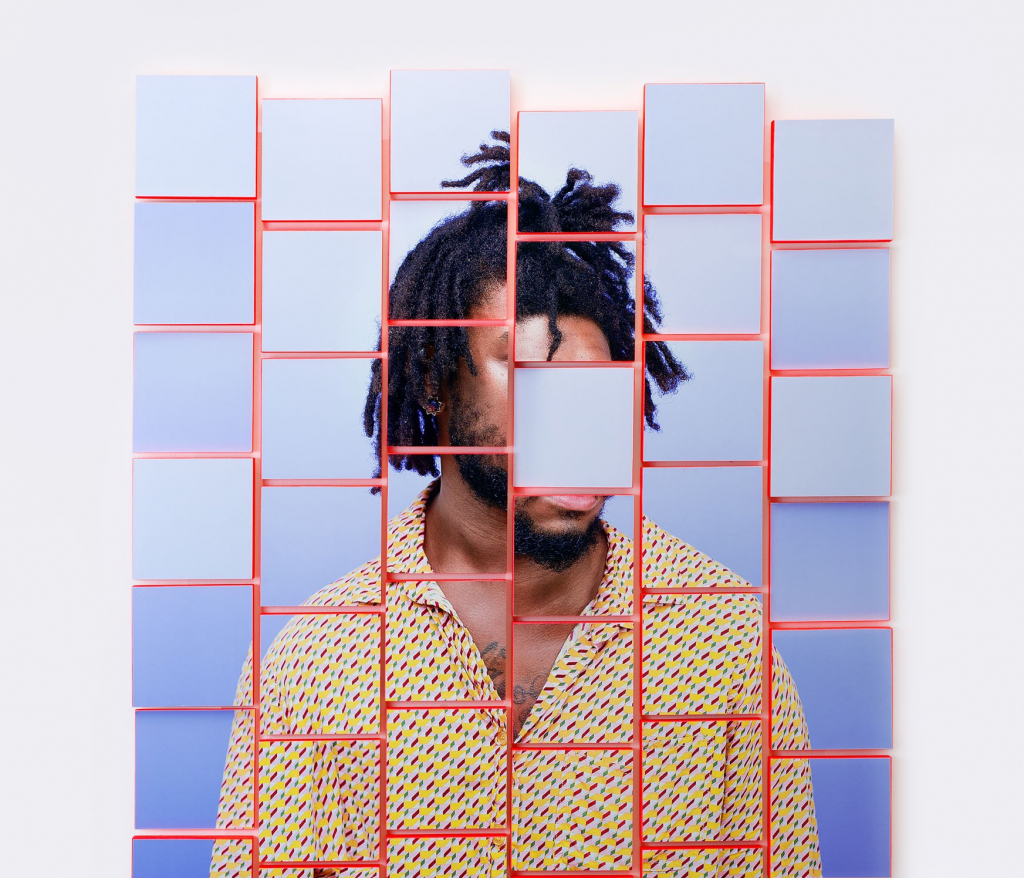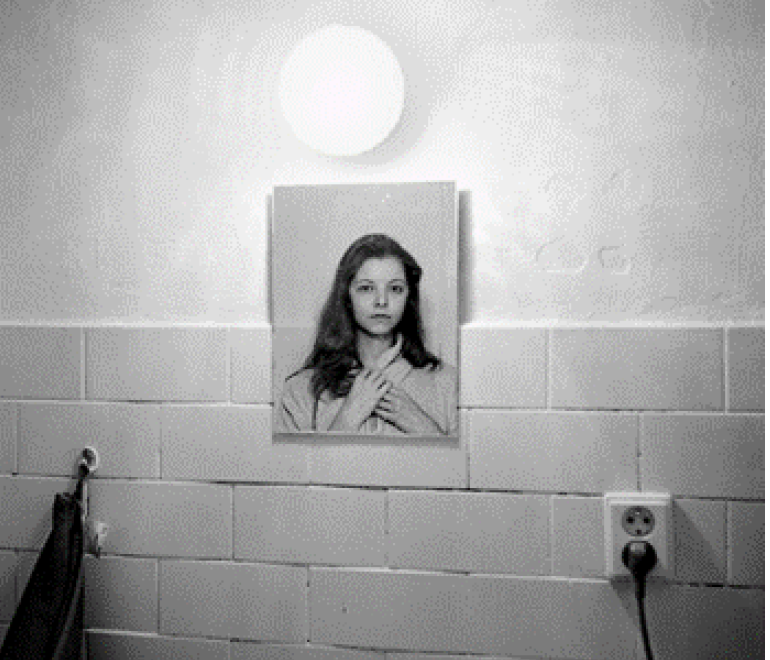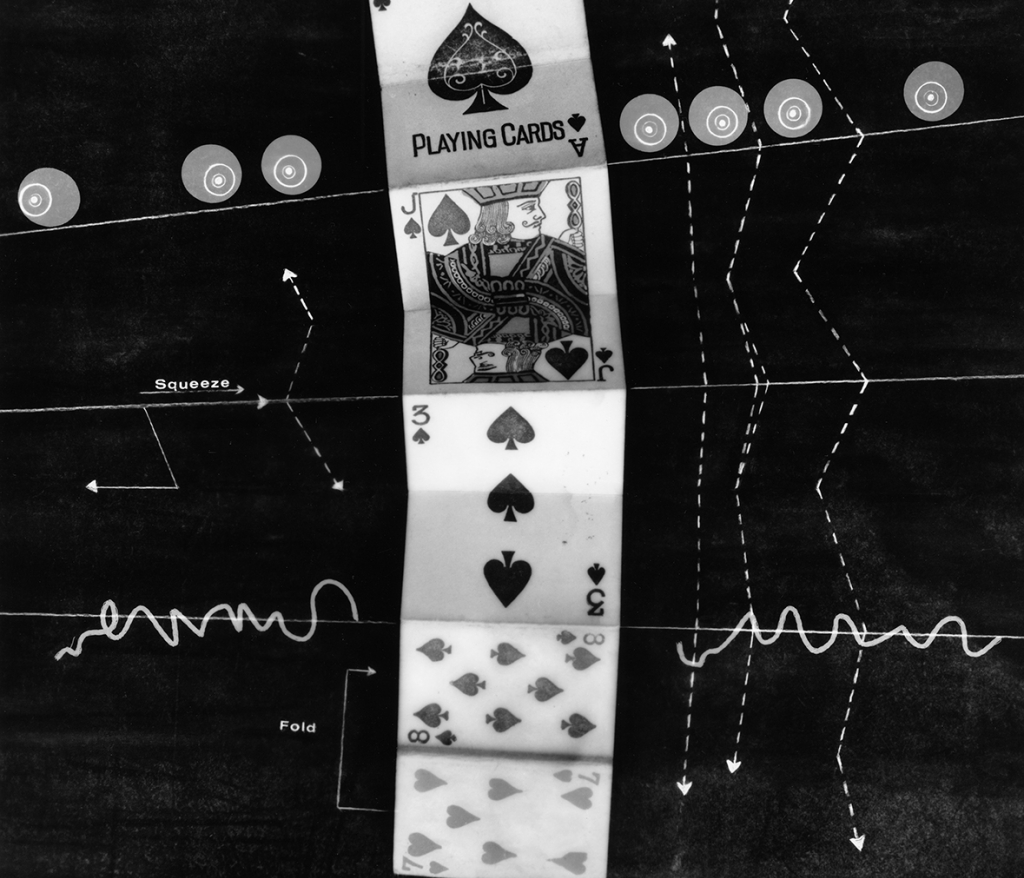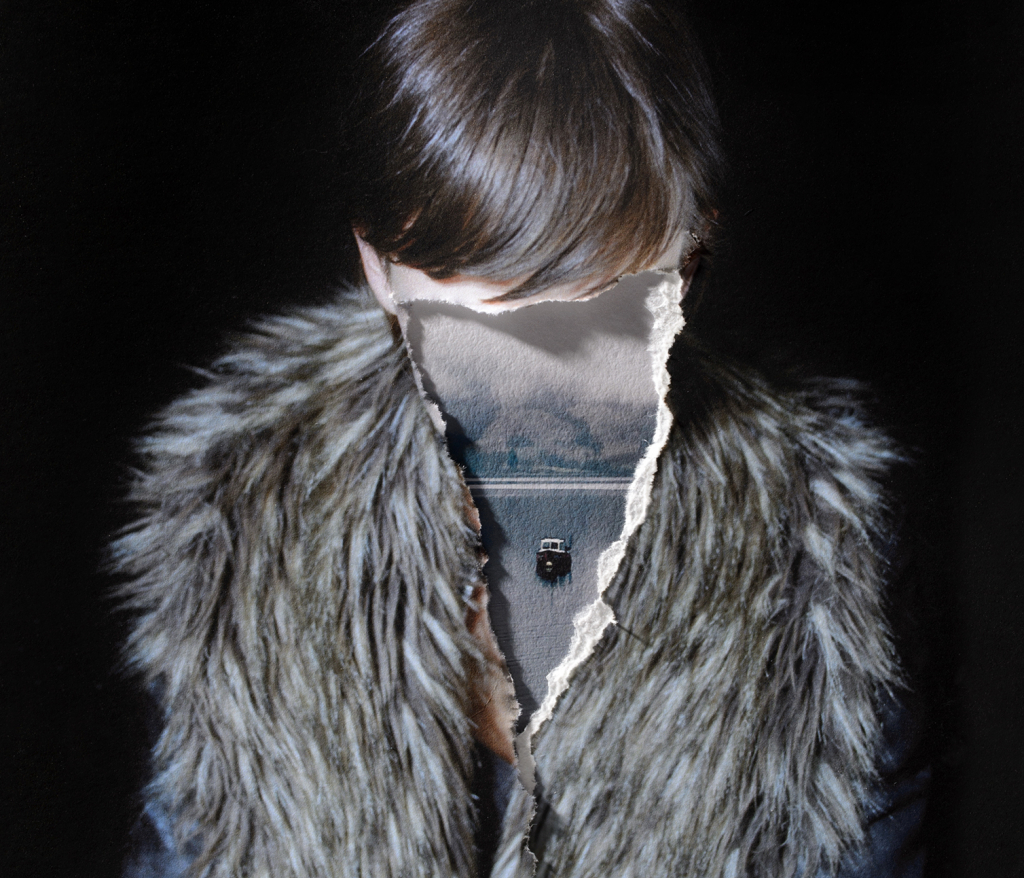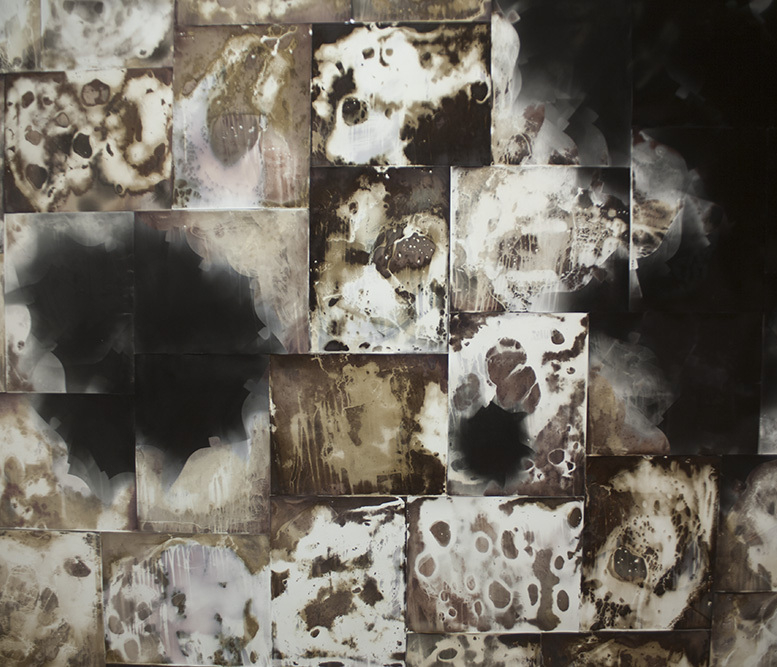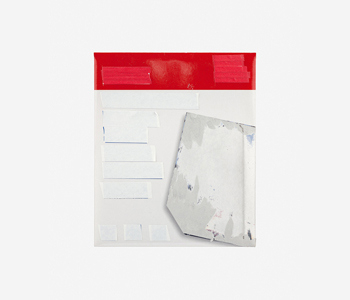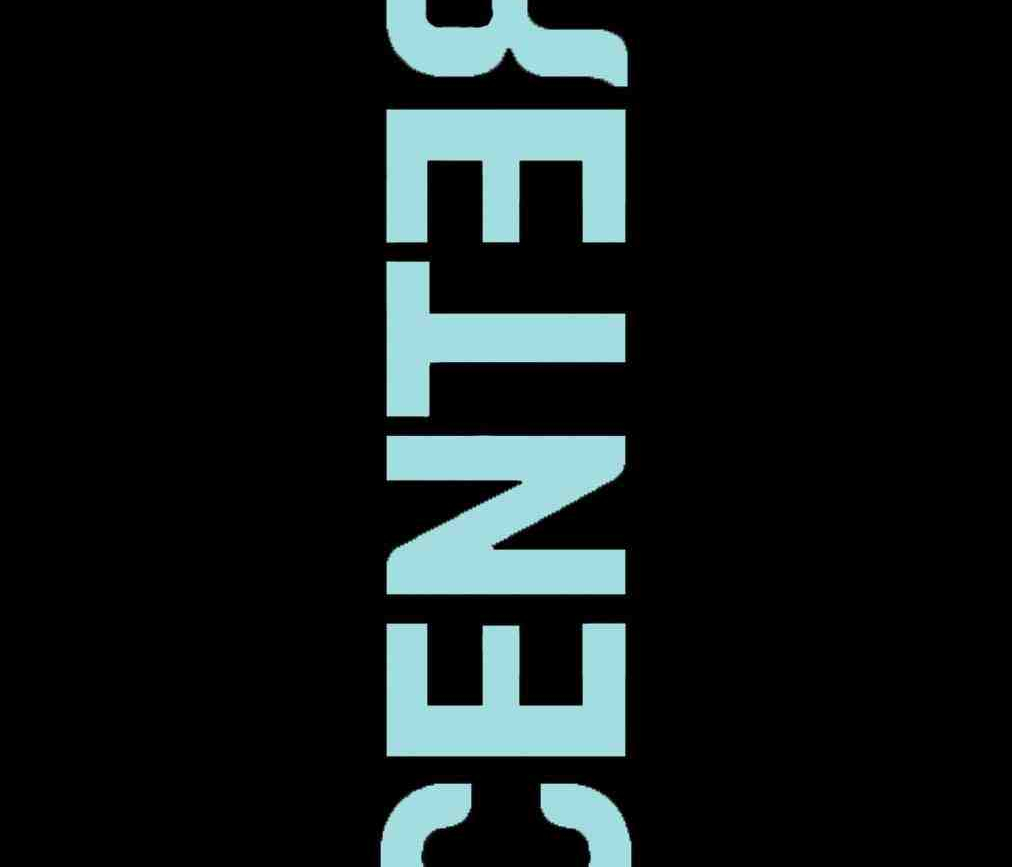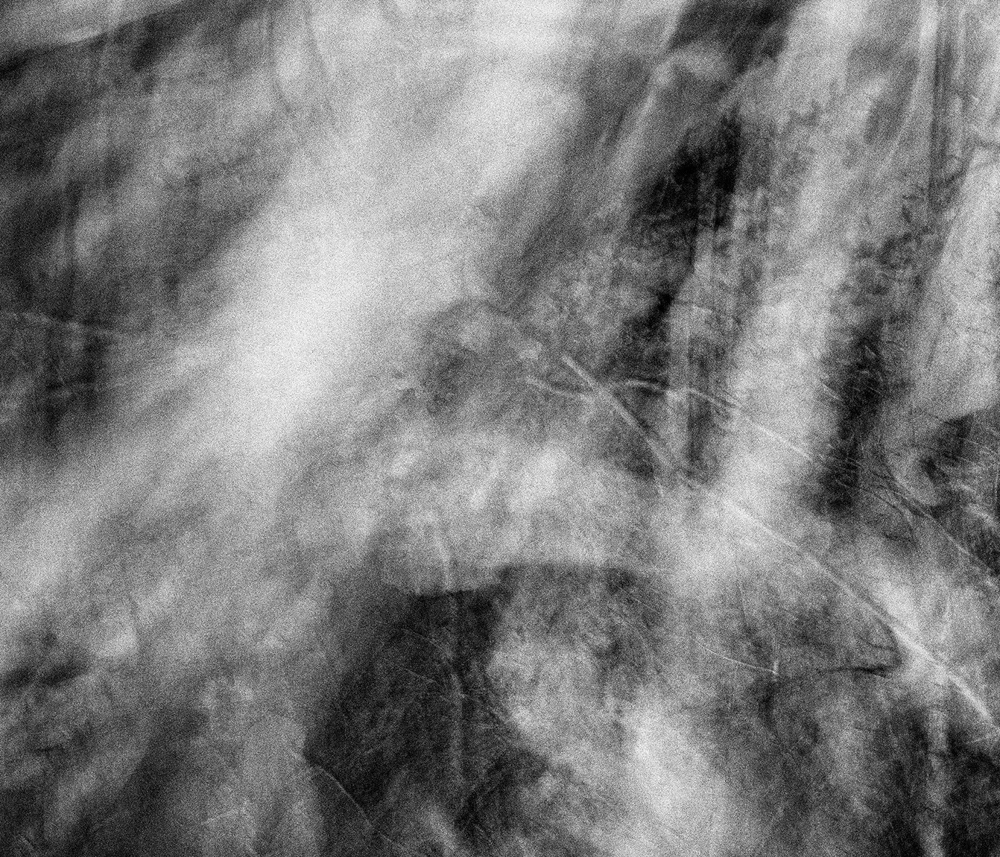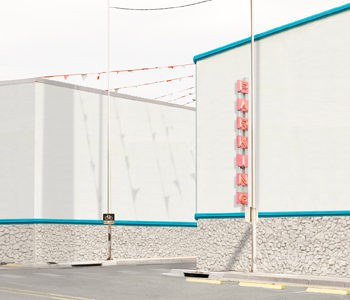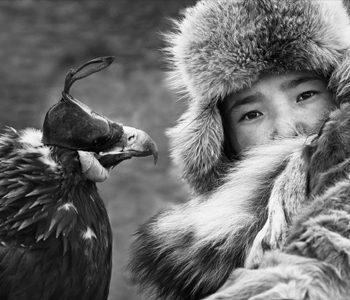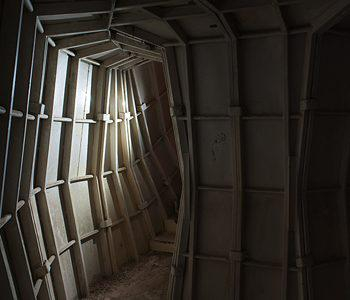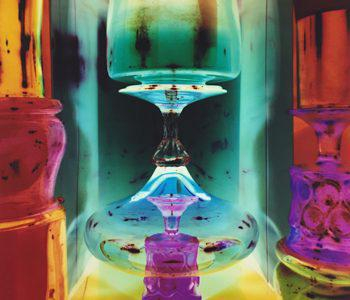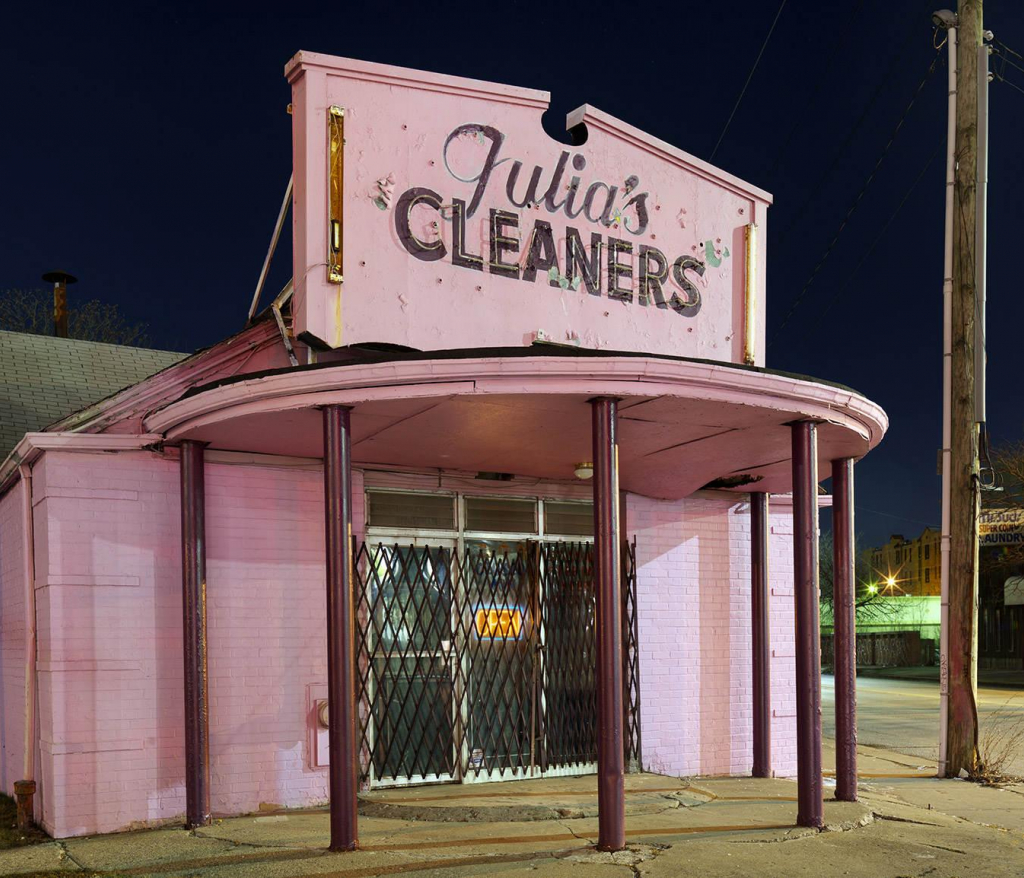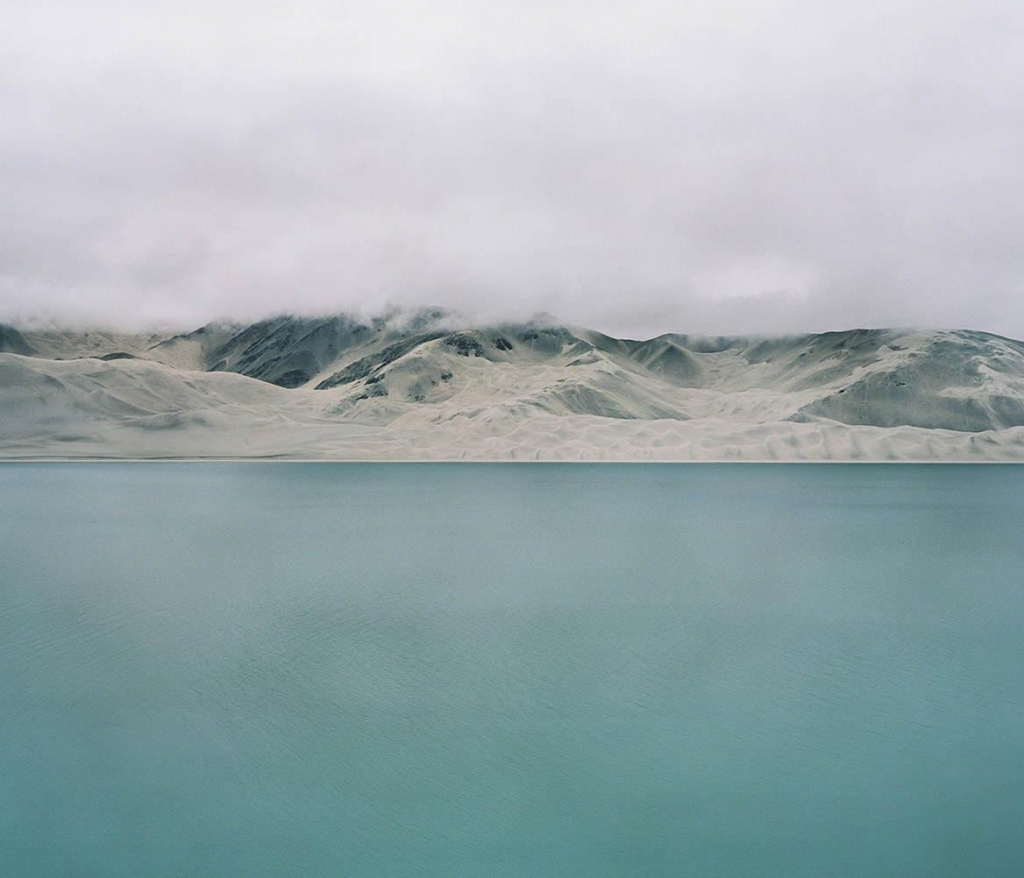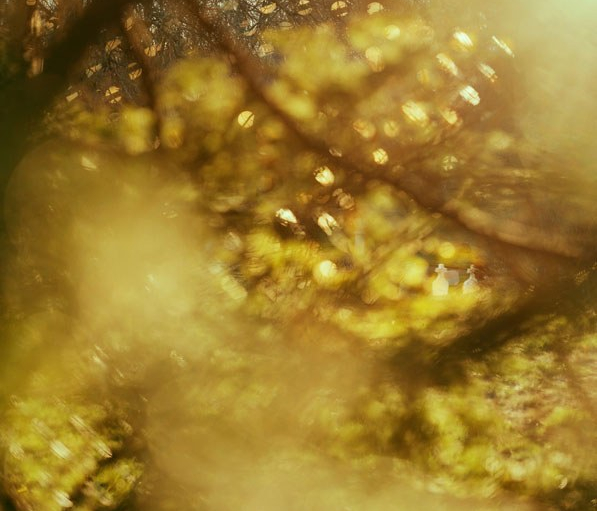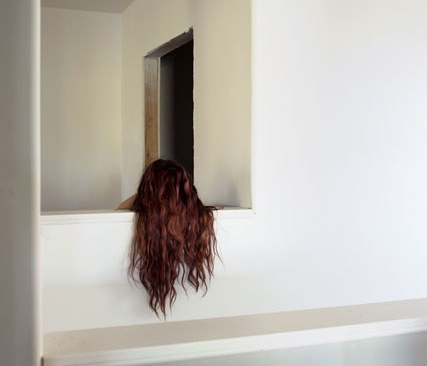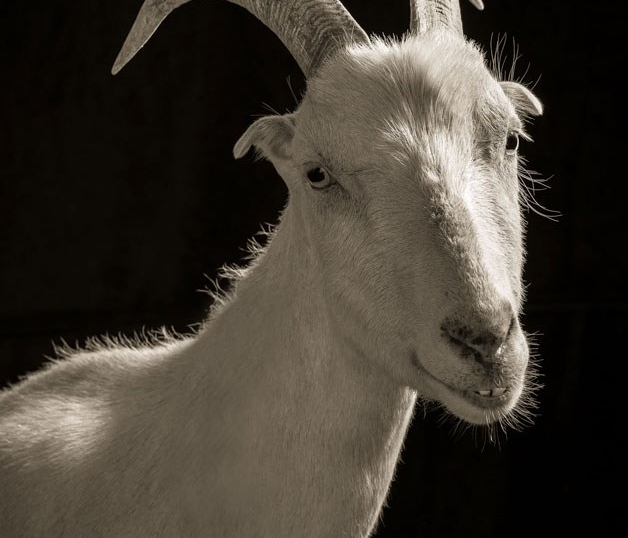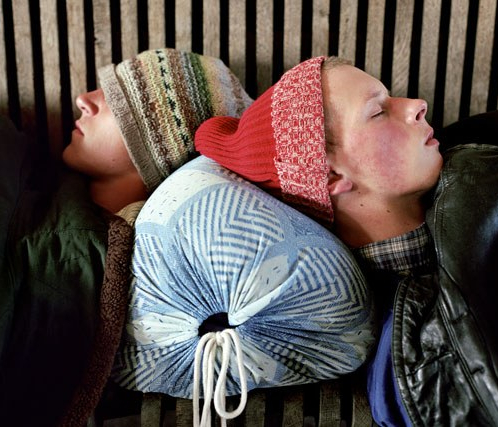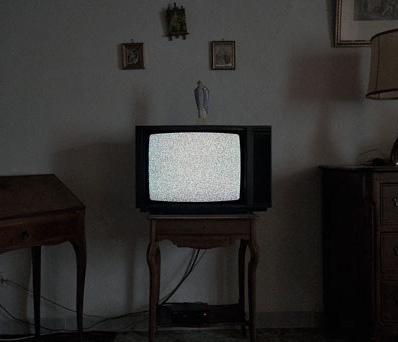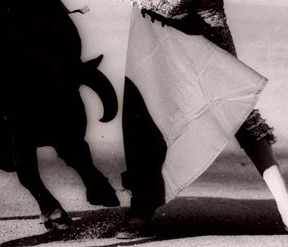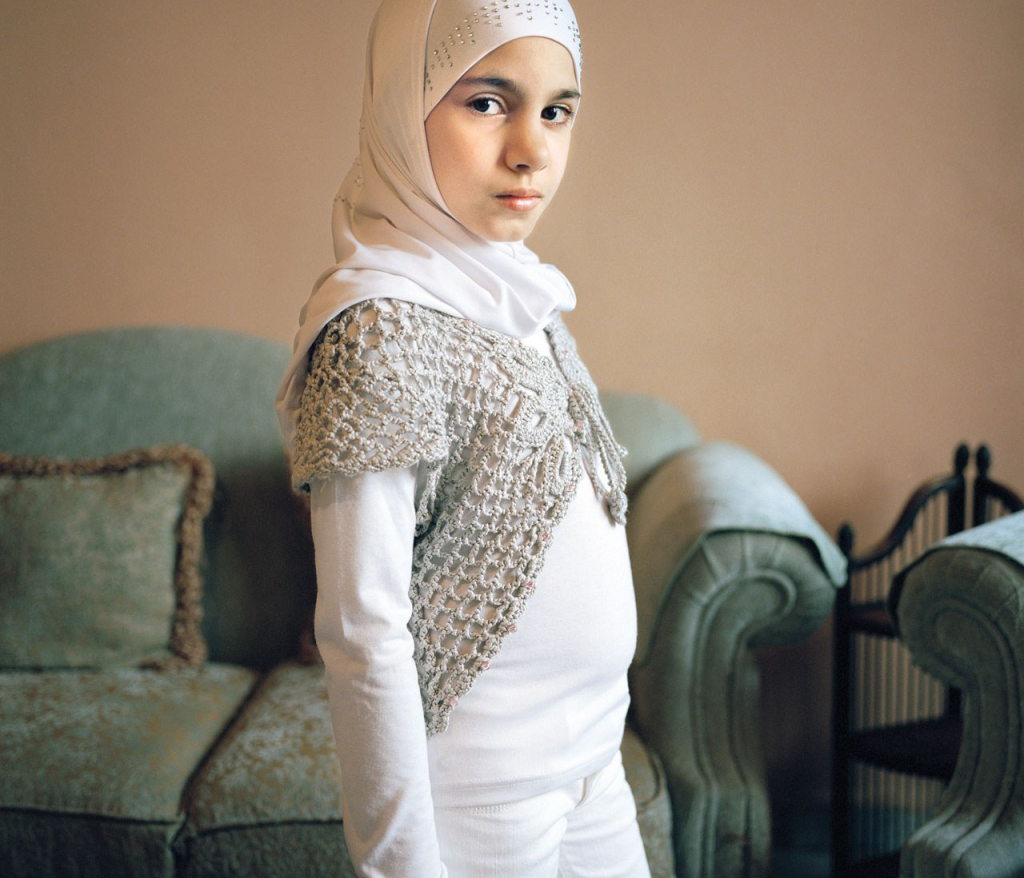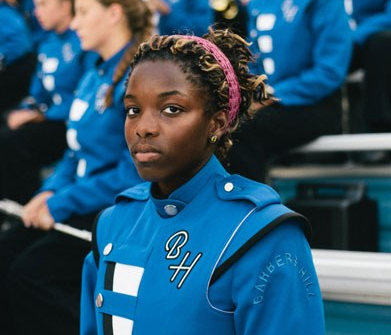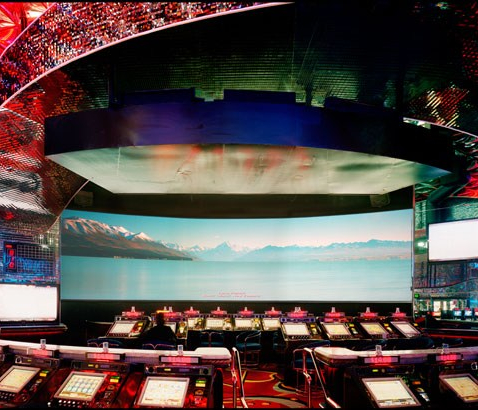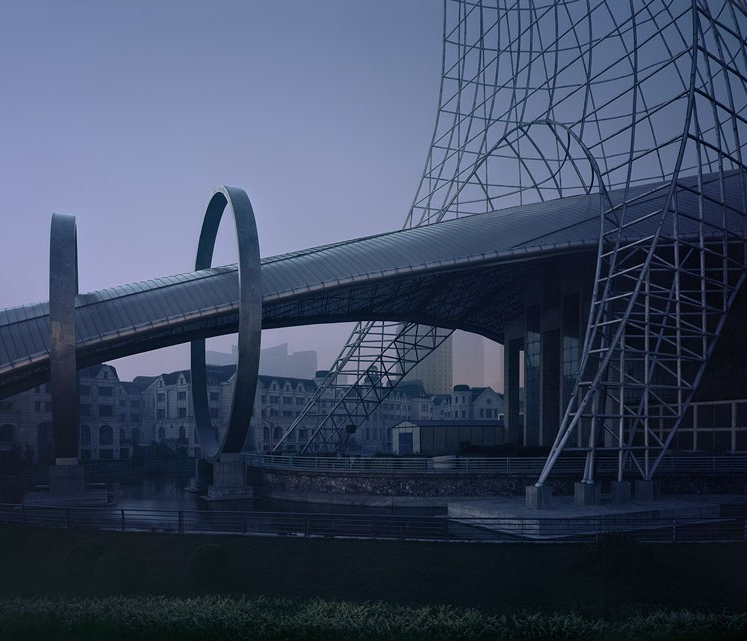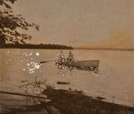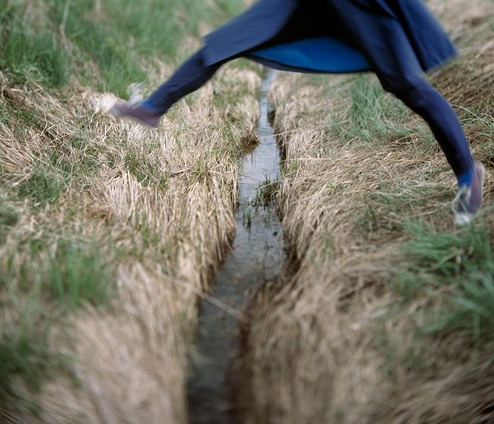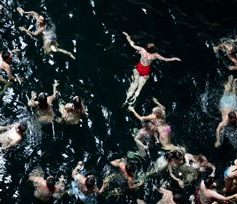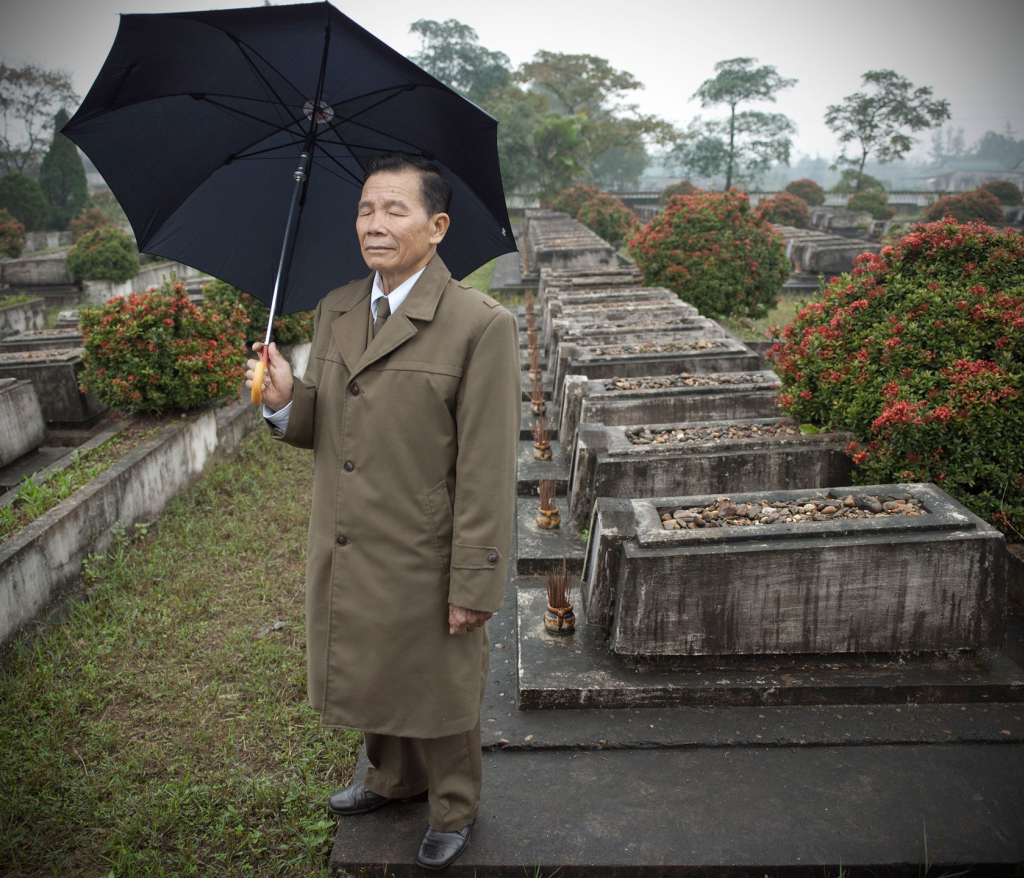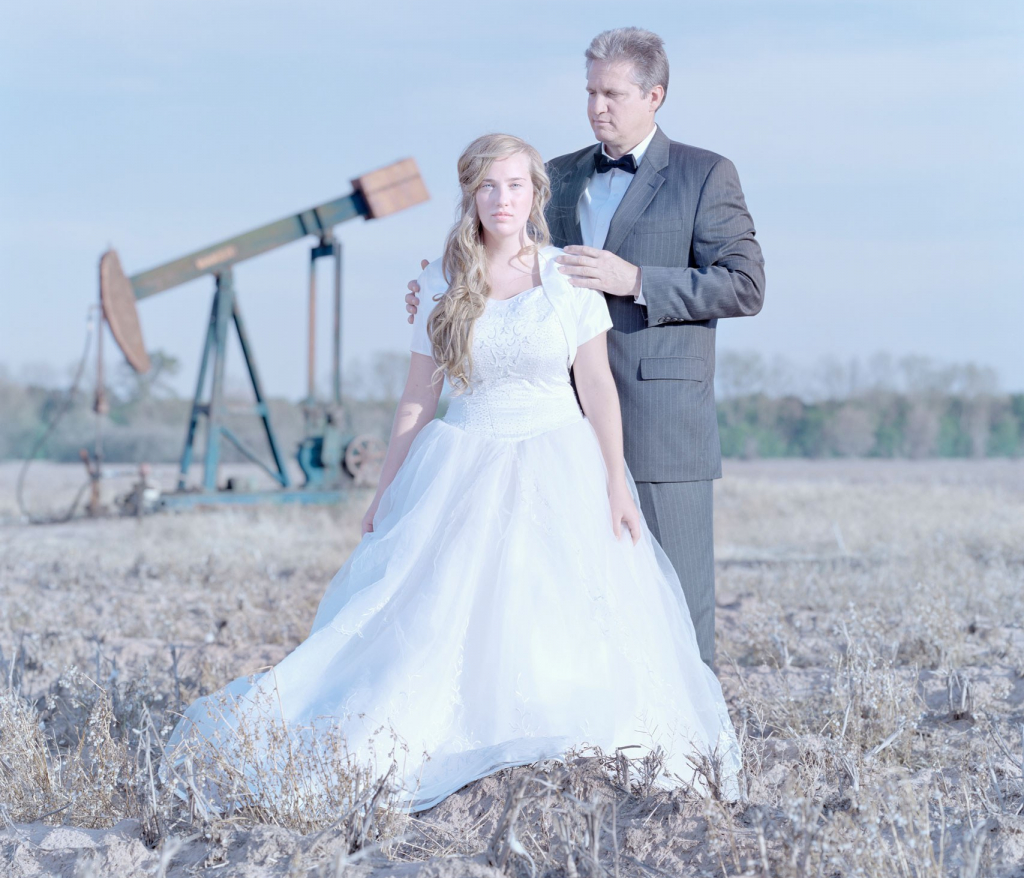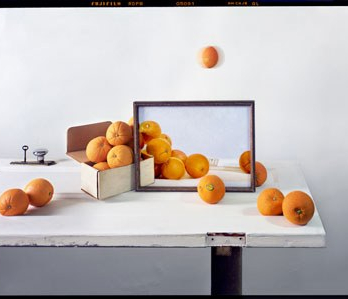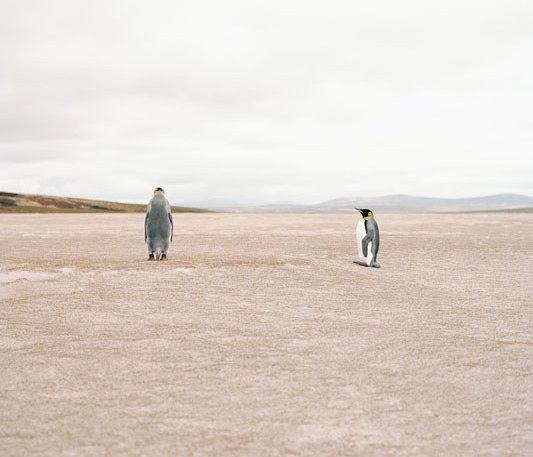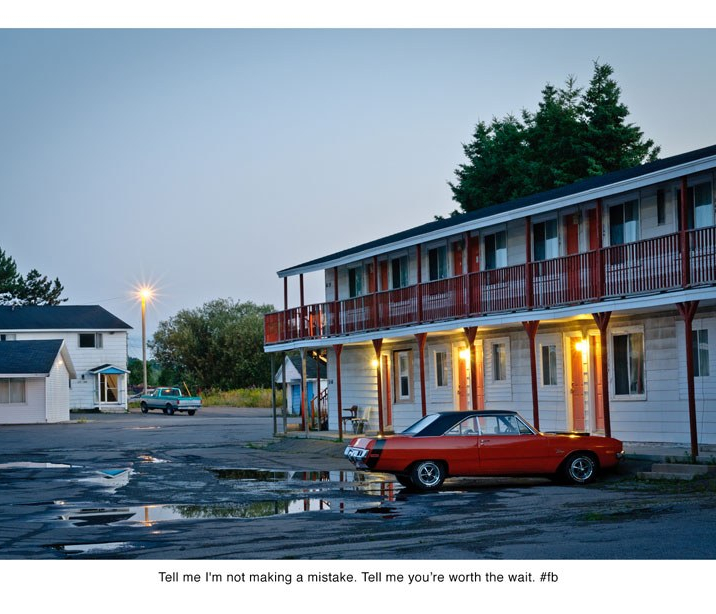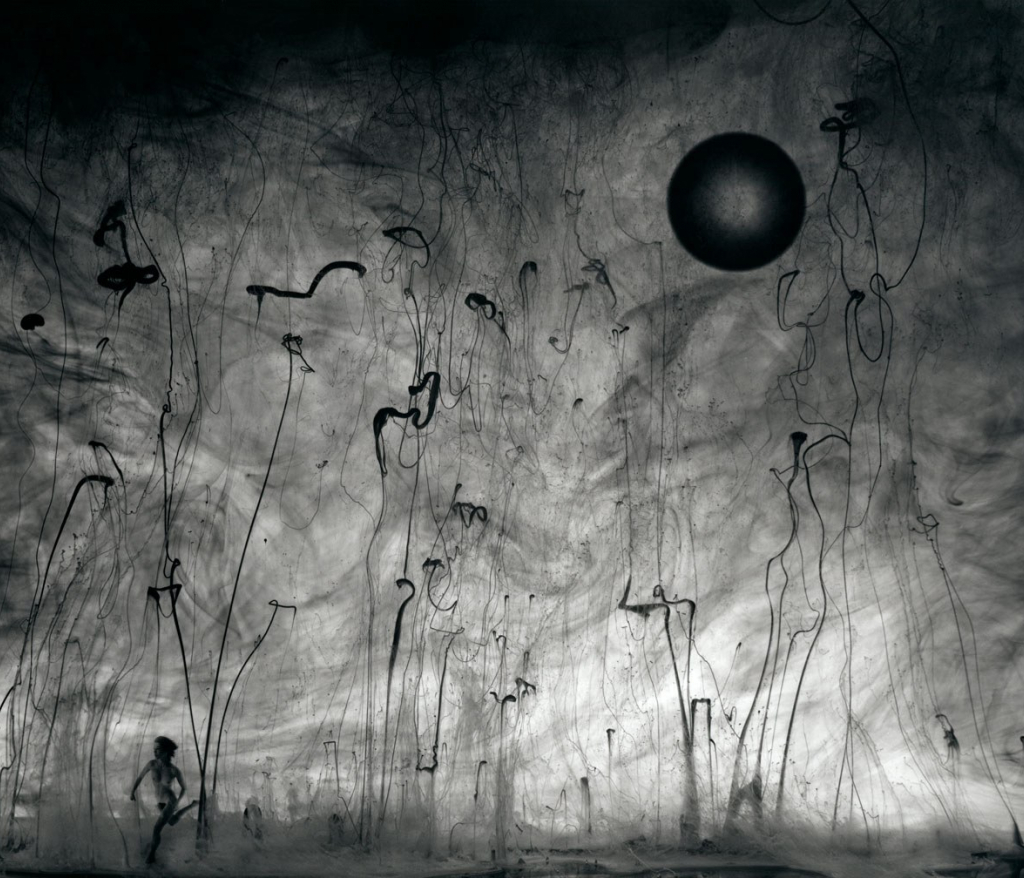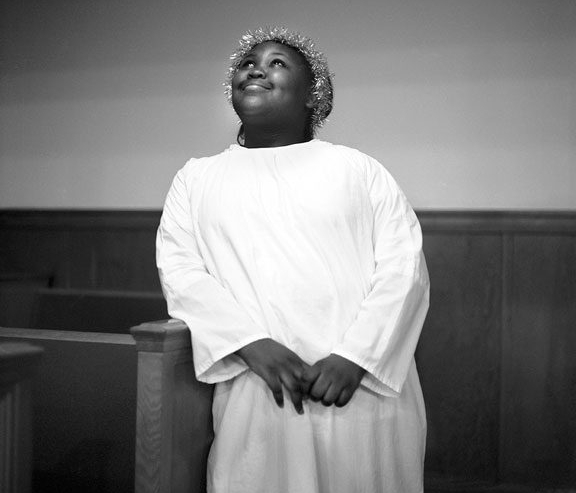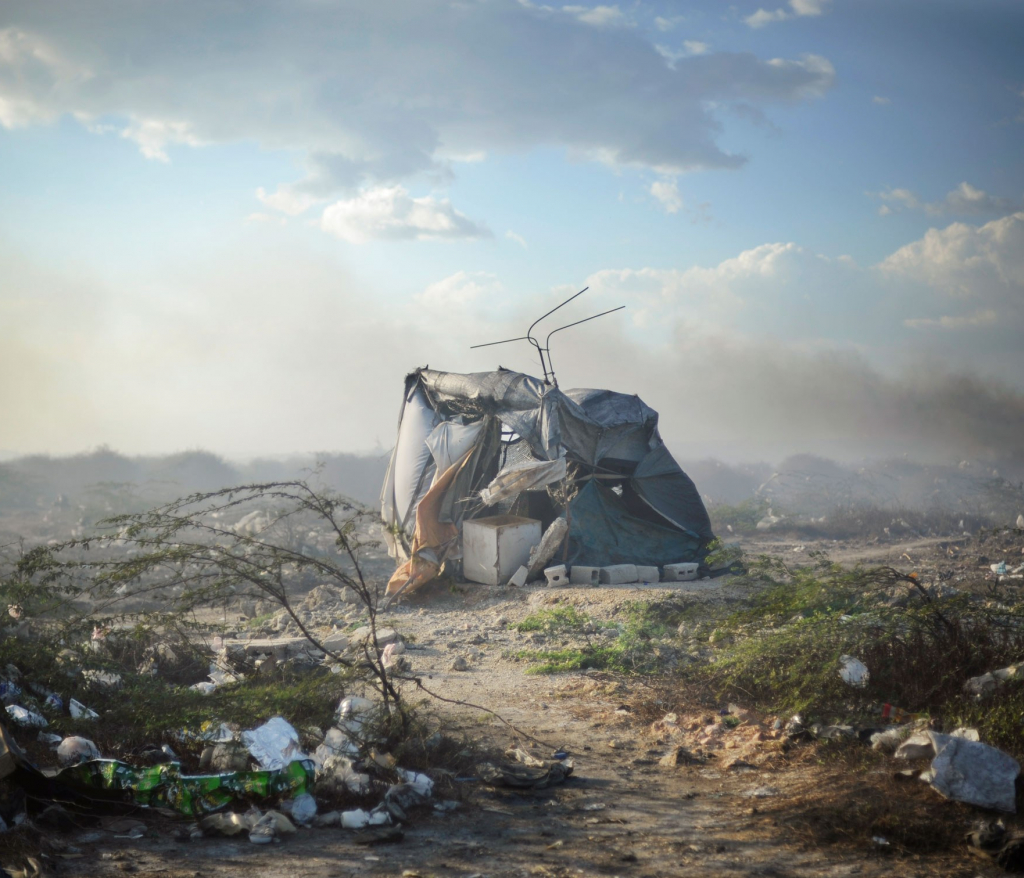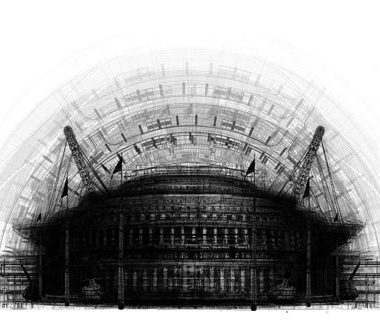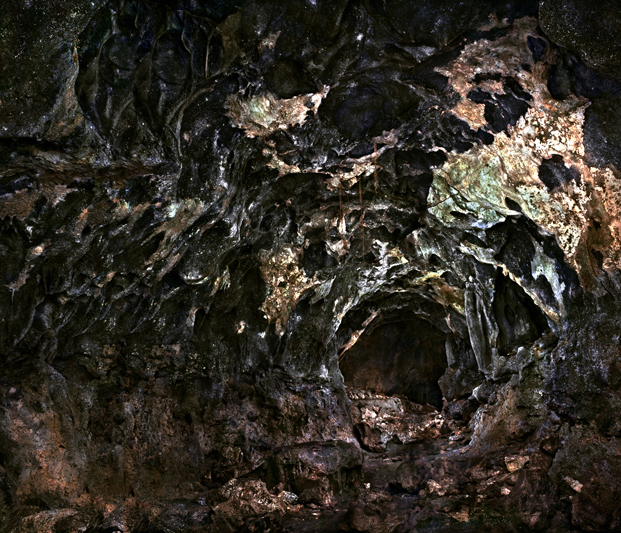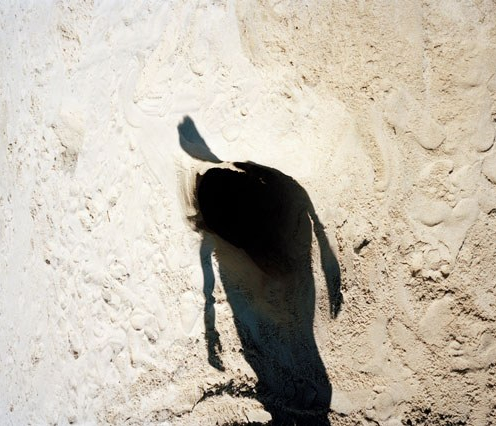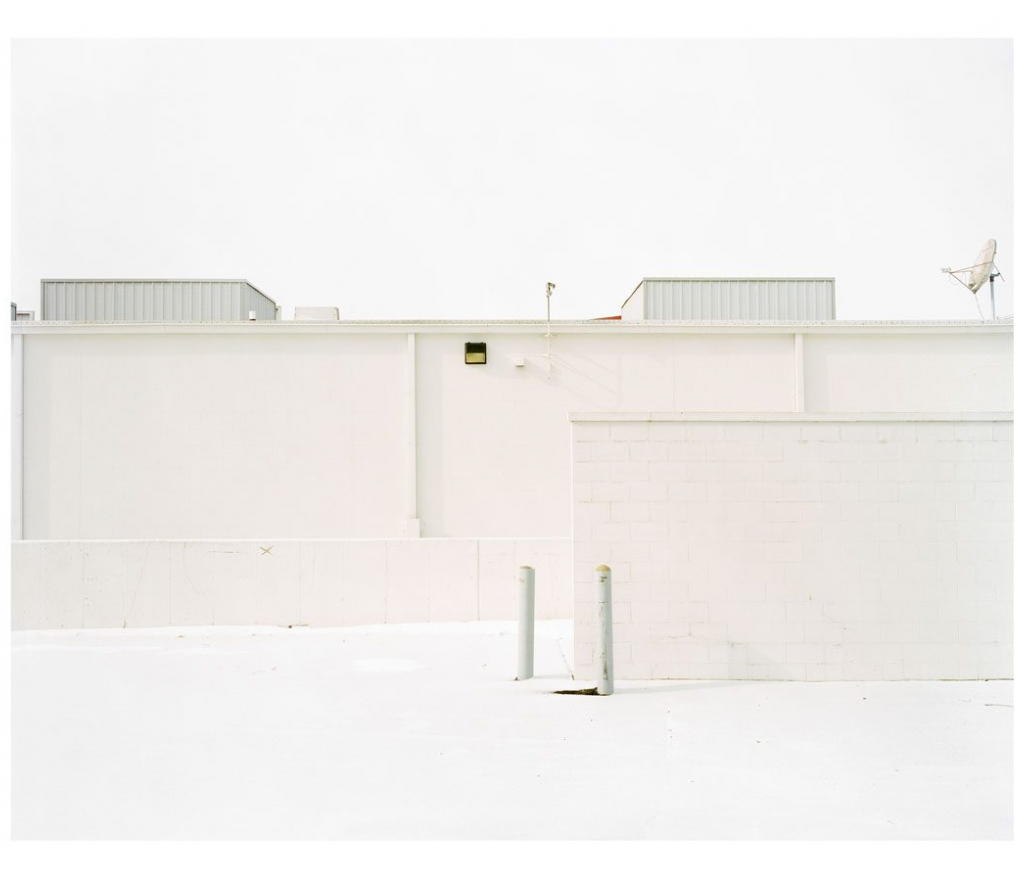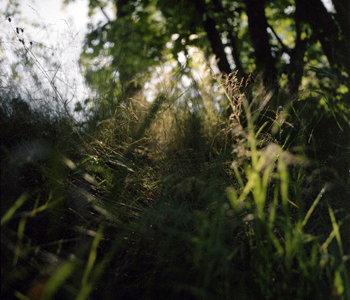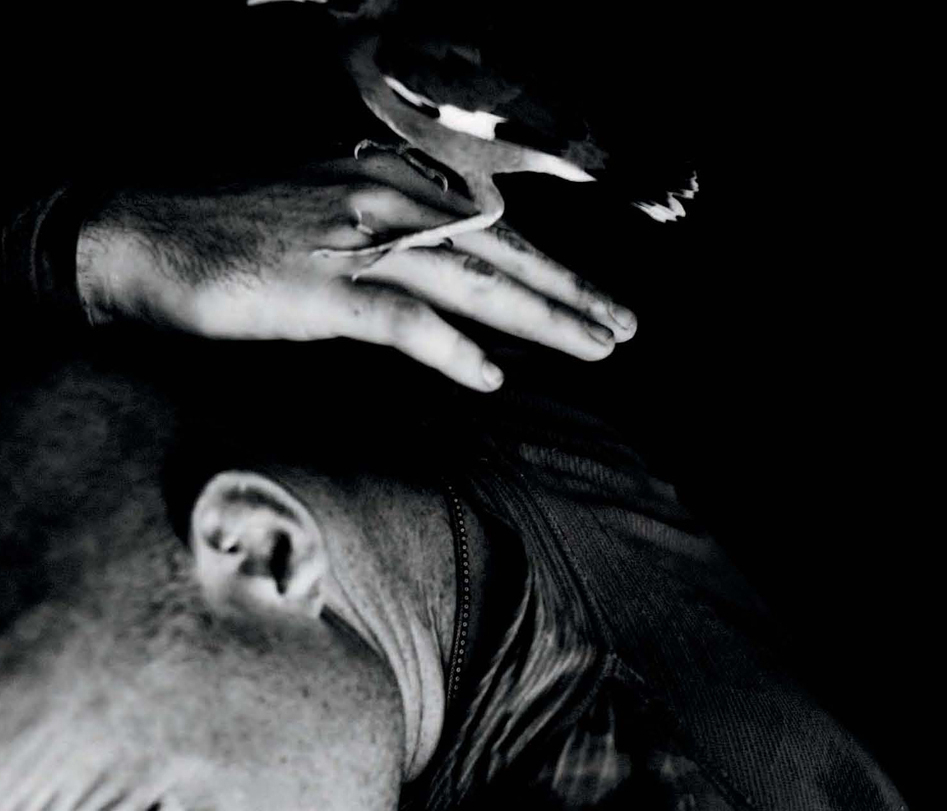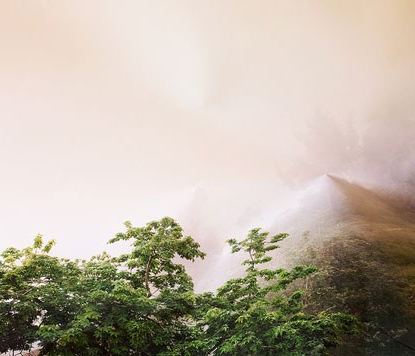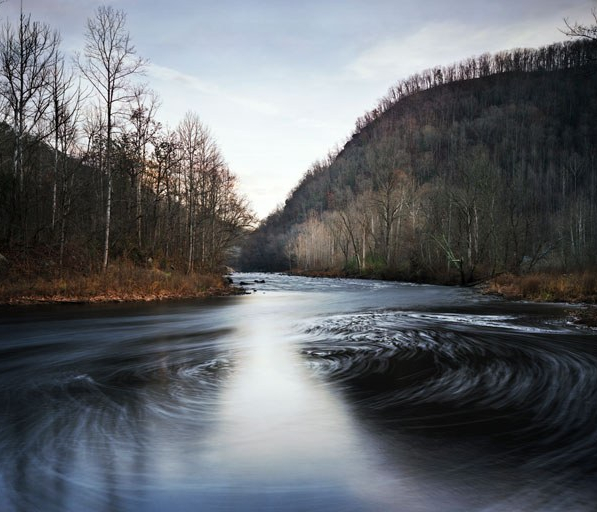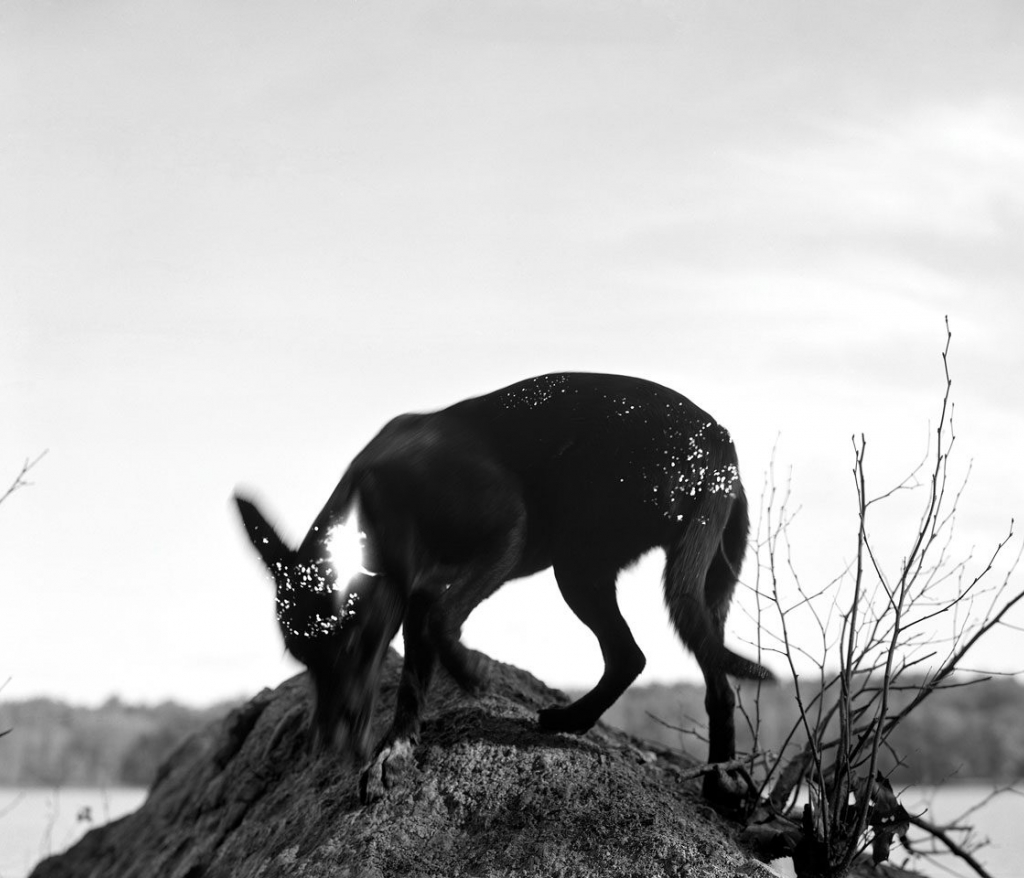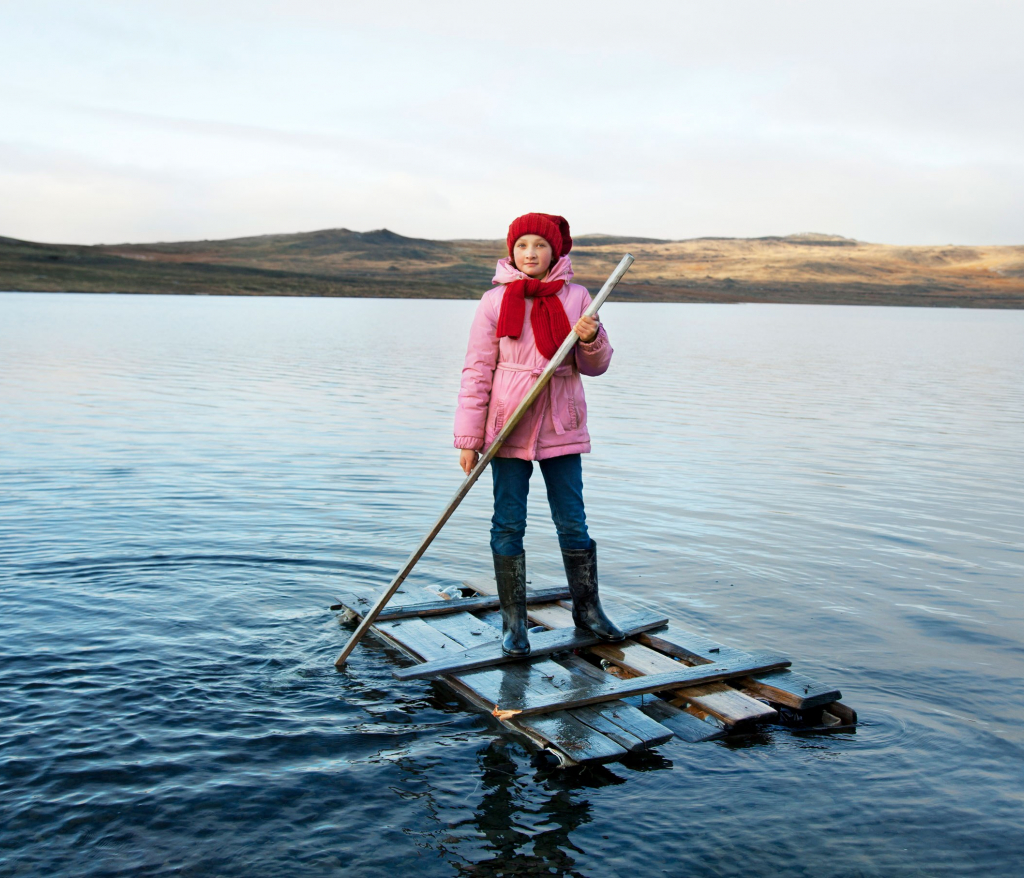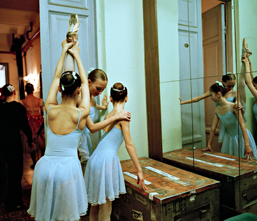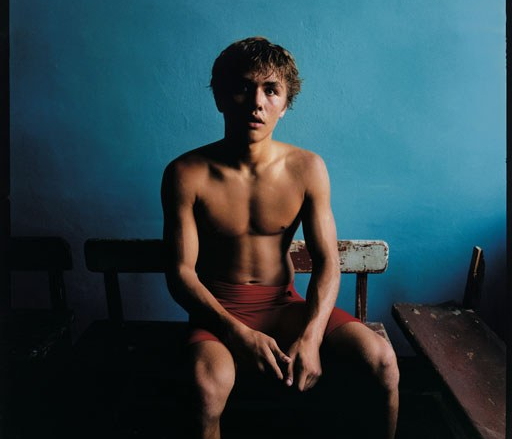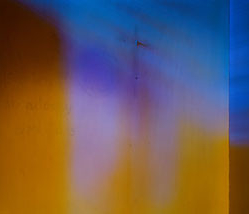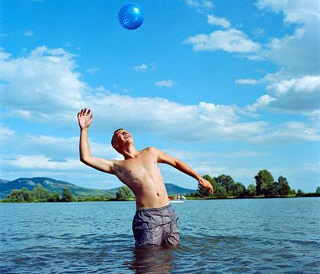Evzen Sobek
Life in Blue
Evzen Sobek
Life in Blue
Evzen Sobek’s Life in Blue documents leisure-time activities by the shores of a reservoir on the southeastern tip of the Czech Republic. In particular, Sobek focuses on a group of formerly nomadic caravanners who took up permanent residence by the lake.
Sobek’s work is full of visual contradictions that give it a unique emotional resonance. The imagery has both an ephemeral delicacy and a heavy sturdiness that is achieved through his treatment of color. Sobek fills the majority of the frame with a soft blue that gives the sensation of fragility. Instead of making the white zones or skin tones within the images neutral, he constructs a bright, washed-out color palette and consistently soaks everything with a tint of cyan. This subtle manipulation of color creates the impression that the world is saturated with water and sun. Everything becomes an extension of the lake and even the air feels blue.
Sobek also uses the color around the edge of the frame quite effectively. Instead of fading the color across the top of the image, he keeps the tonality and density between the corners consistent, creating the effect that the landscape stretches on forever.
On the other hand, his particular use of the square format gives the composition a feeling of bulkiness and weight. His subjects are generally placed in the very center of the image so that even when standing they appear rigidly contained by the edges of the photograph. Such evident cropping creates an atmosphere of formality and makes the viewer constantly aware of the photographer’s eye.This conspicuous gaze and uniformity of style could be associated with the cataloging of a scientific study; however, Sobek is sensitive in his depiction of his subjects. In fact, there is a tenderness in his treatment that comes from familiarity and a sense of camaraderie that gives the work an overall tone of joviality.
While Life in Blue depicts everyday activities, it is playfully enigmatic. Sobek always catches his subjects mid-motion, and yet manages to capture everything in perfect, sharp focus. This crispness gives the illusion that they are not moving at all and are impossibly still. Sobek seldom includes enough information to make sense of the scenario. It seems as if the explanation for what is happening within the image is just outside the frame; as if one can’t imagine what occurred before or after the picture was taken. The moment seems forever frozen in time.
In this way, Sobek’s formal approach to his work is perfect for his subject matter. To describe a people that live a lifestyle of impermanence he creates a world void of any context but the lake. There is no commerce, no buildings or homes—just parked mobile homes with small strips of concrete or sand and makeshift gardens. There is no permanence of any sort—even the icebergs are fake and all the furniture is collapsible. This inscrutability creates a curiosity to see more and more of his imagery, as if one could find some clue hidden in one of the images that is the key to understanding all of these odd scenarios.
Evzen Sobek was born in Brno, Czech Republic in 1967. He attended the University of Technology in Brno and trained as a technical draughtsman before transferring to the Institute of Creative Photography of the Silesian University at Opava. He works as a freelance photographer and photography instructor.The focus of Sobek’s work has been documentary photography. He garnered early acclaim for his photo series depicting the life of Premonstratensian monks in Zeliv, a village in the Czech Republic, and another focusing on the day-to-day life of the Roma, commonly known as Gypsy, people of his hometown of Brno. Life in Blue, his most recent series, depicts a formerly nomadic group that has settled around a reservoir in the southeastern Czech Republic. Life in Blue was awarded an Honorable Mention by the 2010 Lens Culture International Exposure Awards.
evzensobek.com
Evzen Sobek
Life in Blue
Evzen Sobek’s Life in Blue documents leisure-time activities by the shores of a reservoir on the southeastern tip of the Czech Republic. In particular, Sobek focuses on a group of formerly nomadic caravanners who took up permanent residence by the lake.
Sobek’s work is full of visual contradictions that give it a unique emotional resonance. The imagery has both an ephemeral delicacy and a heavy sturdiness that is achieved through his treatment of color. Sobek fills the majority of the frame with a soft blue that gives the sensation of fragility. Instead of making the white zones or skin tones within the images neutral, he constructs a bright, washed-out color palette and consistently soaks everything with a tint of cyan. This subtle manipulation of color creates the impression that the world is saturated with water and sun. Everything becomes an extension of the lake and even the air feels blue.
Sobek also uses the color around the edge of the frame quite effectively. Instead of fading the color across the top of the image, he keeps the tonality and density between the corners consistent, creating the effect that the landscape stretches on forever.
On the other hand, his particular use of the square format gives the composition a feeling of bulkiness and weight. His subjects are generally placed in the very center of the image so that even when standing they appear rigidly contained by the edges of the photograph. Such evident cropping creates an atmosphere of formality and makes the viewer constantly aware of the photographer’s eye.This conspicuous gaze and uniformity of style could be associated with the cataloging of a scientific study; however, Sobek is sensitive in his depiction of his subjects. In fact, there is a tenderness in his treatment that comes from familiarity and a sense of camaraderie that gives the work an overall tone of joviality.
While Life in Blue depicts everyday activities, it is playfully enigmatic. Sobek always catches his subjects mid-motion, and yet manages to capture everything in perfect, sharp focus. This crispness gives the illusion that they are not moving at all and are impossibly still. Sobek seldom includes enough information to make sense of the scenario. It seems as if the explanation for what is happening within the image is just outside the frame; as if one can’t imagine what occurred before or after the picture was taken. The moment seems forever frozen in time.
In this way, Sobek’s formal approach to his work is perfect for his subject matter. To describe a people that live a lifestyle of impermanence he creates a world void of any context but the lake. There is no commerce, no buildings or homes—just parked mobile homes with small strips of concrete or sand and makeshift gardens. There is no permanence of any sort—even the icebergs are fake and all the furniture is collapsible. This inscrutability creates a curiosity to see more and more of his imagery, as if one could find some clue hidden in one of the images that is the key to understanding all of these odd scenarios.
Evzen Sobek was born in Brno, Czech Republic in 1967. He attended the University of Technology in Brno and trained as a technical draughtsman before transferring to the Institute of Creative Photography of the Silesian University at Opava. He works as a freelance photographer and photography instructor.The focus of Sobek’s work has been documentary photography. He garnered early acclaim for his photo series depicting the life of Premonstratensian monks in Zeliv, a village in the Czech Republic, and another focusing on the day-to-day life of the Roma, commonly known as Gypsy, people of his hometown of Brno. Life in Blue, his most recent series, depicts a formerly nomadic group that has settled around a reservoir in the southeastern Czech Republic. Life in Blue was awarded an Honorable Mention by the 2010 Lens Culture International Exposure Awards.
evzensobek.com
